Snakes of the Eastern Cape
This list contains all the snakes that can be found in the Eastern Cape. Several species have not been added to the list as I do not have good photos of them at this time. Snakes such as the black mamba, green mamba and vine snake have not been added to this list as they are only present at the southern border between Kwazulu Natal and Eastern Cape, and thus have a very small distribution within Eastern Cape. Keep an eye on this list, it is bound to increase in size as I get better photos of more species.

Boomslang (Dispholidus typus typus)
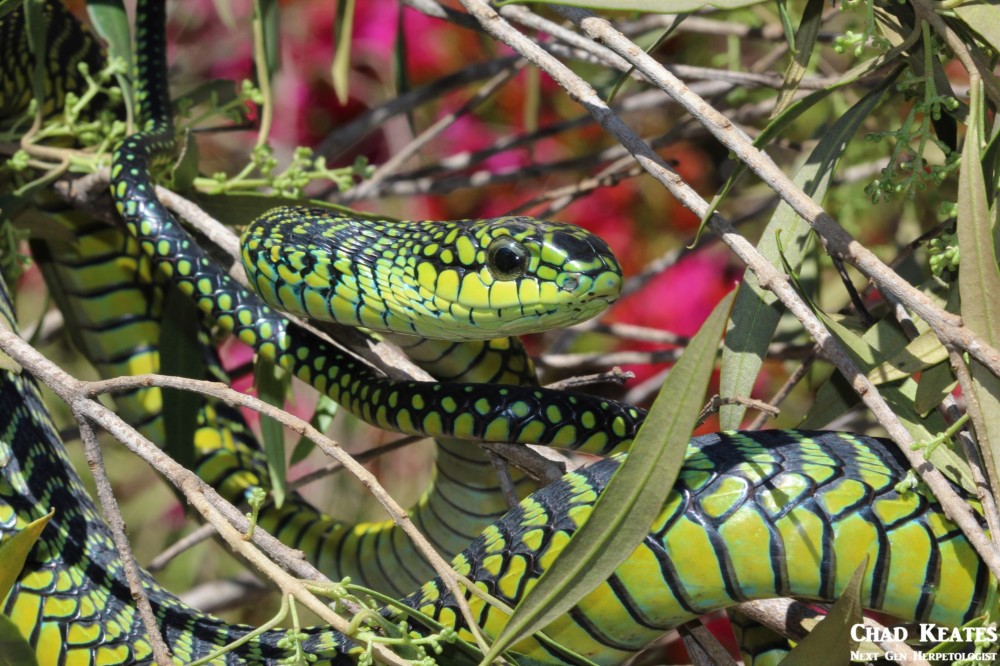
Size: 1.2-1.5m.
Habits: Diurnal snakes which are found in a large variety of habitats, most commonly in trees and shrubs, but may descend to the floor to bask or find food.
Diet: Chameleons, frogs, tree-living lizards, birds and occasionally rodents.
Danger to man: The boomslang possesses a very dangerous haemotoxic venom capable of killing people. Monovalent antivenom is however available and has been found to be very effective in counteracting the venom. Although dangerous, the snake rarely bites, with most bites being received from snake handlers. There is a big misconception that boomslangs cannot inject venom on larger body parts because they are back-fanged. This is however untrue as boomslangs can open their mouth’s 170 degrees and can thus easily inject venom into a leg or an arm. Due to the placid and shy nature of this snake, there is virtually no chance of simply walking past a tree and being bitten.
Similar species: Boomslangs are easily confused with green mambas and members of the genus Philothamnus (green snakes) north of the Transkei because of the uniform green colour. In the Eastern Cape however, males tend to be fluorescent green/yellow, and females tend to be brown. Juvenile boomslangs can be distinguished from the adults by their stunning emerald, green eye.








Southern-brown Egg Eater (Dasypeltis inornata)

Size: 60-80cm.
Habits: A nocturnal species that can be found under rocks, logs and other suitable substrate.
Diet: Bird eggs.
Danger to man: None, the snake does not possess venom and it is virtually toothless.
Similar species: They are quite distinctive but can be confused with the brown house snake.
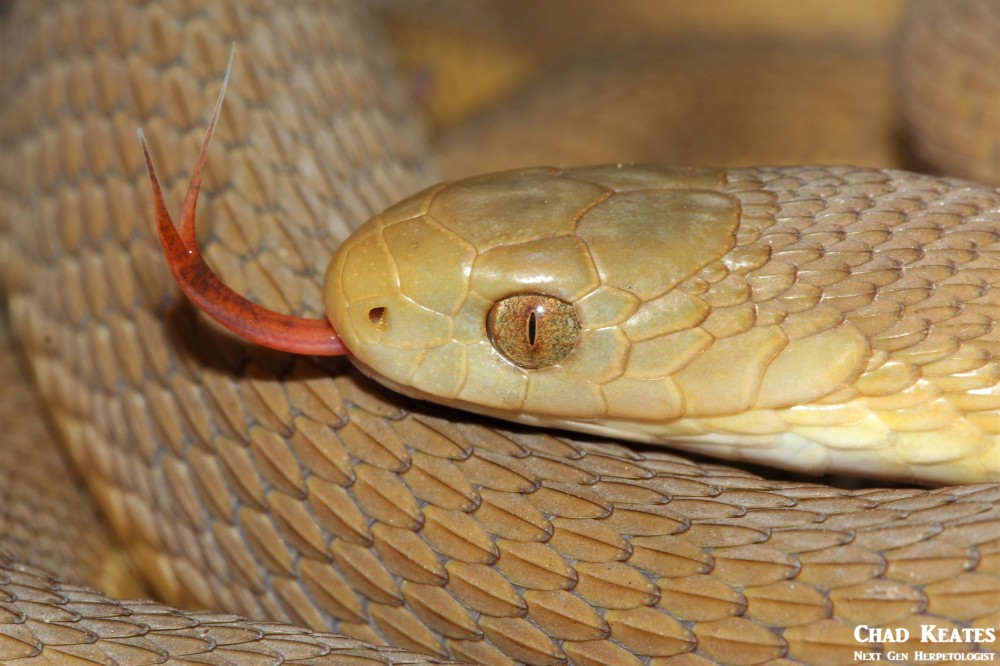
Rhombic Egg Eater (Dasypeltis scabra)

Size: 40-75cm.
Habits: Can be found in most habitats, but it is particularly common in old termite mounds.
Diet: Bird eggs.
Danger to man: None, the snake does not possess venom and it is virtually toothless.
Similar species: This species is easily confused with the rhombic night adder.






Spotted-Bush Snake (Philothamnus semivariegatus)

Size: 40-90cm.
Habits: This snake is an excellent climber and can be found almost exclusively in trees and shrubs where it hunts during the day for its food.
Diet: Lizards, chameleons, geckoes, and frogs.
Danger to man: None, it has no venom.
Similar species: This snake is easily confused with all members of the Philothamnus genus (green snakes) and the green version of the many-spotted reed snake.




Western Natal Green Snake (Philothamnus natalensis occidentalis)

Size: 60-90cm.
Habits: This snake is a fantastic climber that spends much of its time in trees and shrubs near water. Western natal green snakes also tend to be active during the day.
Diet: Lizards, geckos and frogs.
Danger to man: None, it has no venom.
Similar species: This snake is easily confused with all members of the Philothamnus genus (green snakes) and the green version of the many-spotted reed snake.




Green Water Snake (Philothamnus hoplogaster)

Size: 60cm.
Habits: An active, diurnal snake that can be found in close proximity to damp localities. This snake is a great swimmer and can often be found in grass tussocks on the edges of vleis and dams. It’s also at home in low shrubs and can sometimes be found in trees.
Diet: Mainly frogs.
Danger to man: None, it has no venom.
Similar species: This snake is easily confused with all members of the Philothamnus genus (green snakes) and the green version of the many-spotted reed snake.




Red-Lipped Herald (Crotaphopeltis hotamboeia)

Size: 30-70cm.
Habits: Widespread and abundant species which is commonly found in damp areas, under rocks, building debris and compost heaps.
Diet: Frogs, toads and sometimes lizards.
Danger to man: Mildly venomous, but the venom is of no concern to humans.
Similar species: Although quite distinctive, they are sometimes mistaken for rhombic night adders because of their proximity to damp localities.





Natal Black Snake (Macrolaps microlepidotus)

Size: 60-90cm.
Habits: A placid snake that can often be found under rotting logs, rocks and in leaf litter. It is fond of damp localities and is considered one of the only forest-adapted species in South Africa. Although it likes to spend much of its time below ground or under cover, it can be seen on warm/damp days slithering slowly on open footpaths.
Diet: Frogs (mainly rain frogs) and other small vertebrates.
Danger to man: The venom of this snake is understudied and although not considered life-threatening, one victim of this snake’s bite lost consciousness for about half an hour. Bites are however rare and there is no antivenom for this species.
Similar species: Can be easily confused with the stiletto and purple-glossed snakes but they do not occur in the Eastern Cape. May be confused with the mole snake.


Spotted Harlequin (Homoroselaps lacteus)

Size: 30-40cm.
Habits: A rarely seen, fossorial species which can often be found in old termite mounds or under rocks.
Diet: Legless skinks and thread snakes.
Danger to man: Mildly venomous, and considered of no consequence to humans even though it can inflict a painful bite on occasion.
Similar species: Very colourful and distinctive snake that loosely resembles the aurora house snake.


Black-Headed Centipede Eater (Aparallactus capensis)

Size: 25-30cm.
Habits: Nocturnal species which is most commonly found in abandoned termite mounds or beneath rocks or logs.
Diet: Centipedes.
Danger to man: Mildly venomous, but the venom is of no concern to humans.
Similar species: Very distinctive snake that is not easily confused with anything within the Grahamstown.





Sundevalls Shovel-snout Snake (Prosymna sundevallii)

Size: 24-36cm.
Habits: The snake is a terrestrial and nocturnal species that can often be found in derelict termite mounds and under rocks.
Diet: Mainly reptile eggs but can eat small lizards and potentially invertebrates.
Danger to man: None, this species does not possess venom.
Similar species: Can be confused with other shovel-snouts, of which, there are no other species in the area.




Brown House Snake (Boaedon capensis)
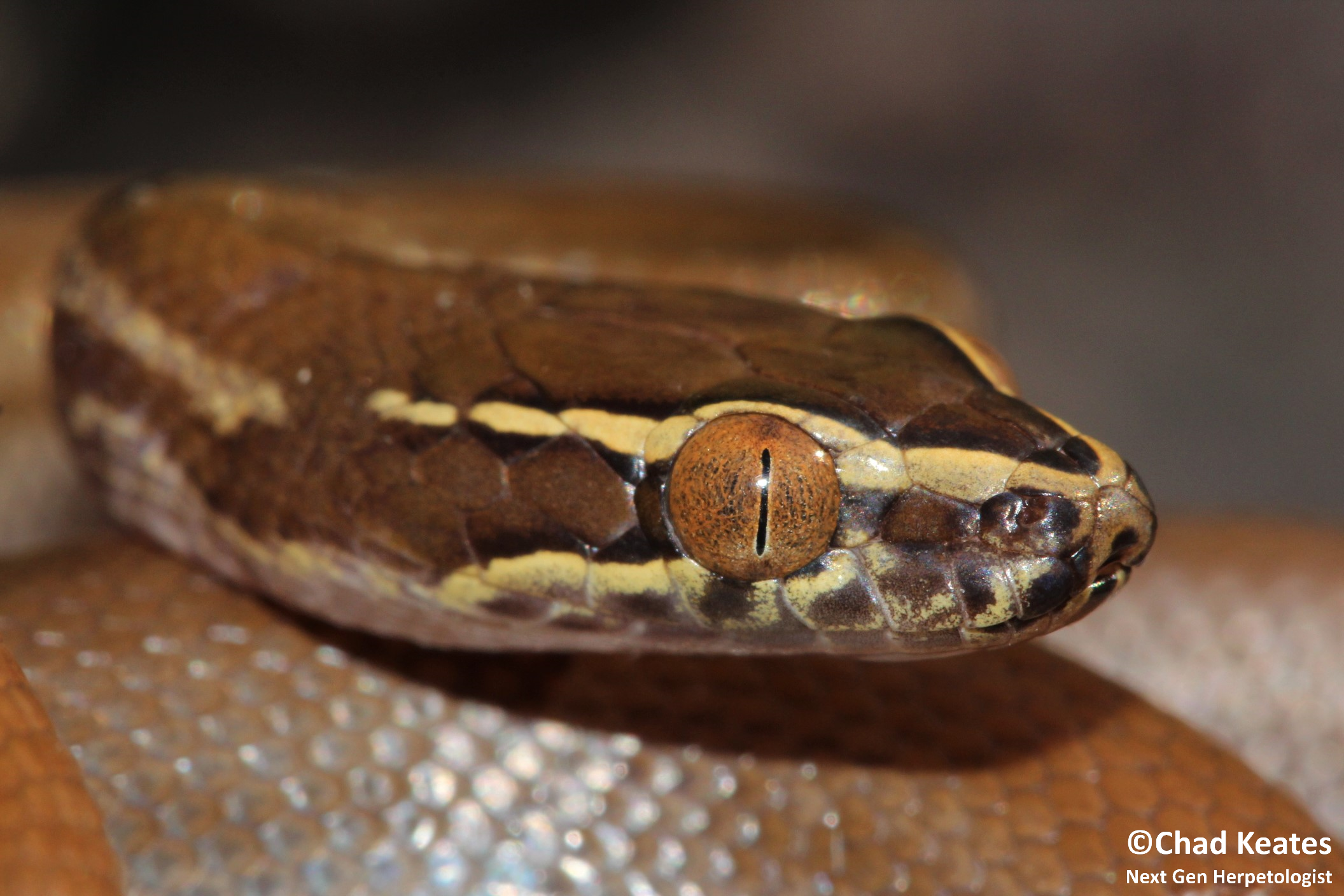
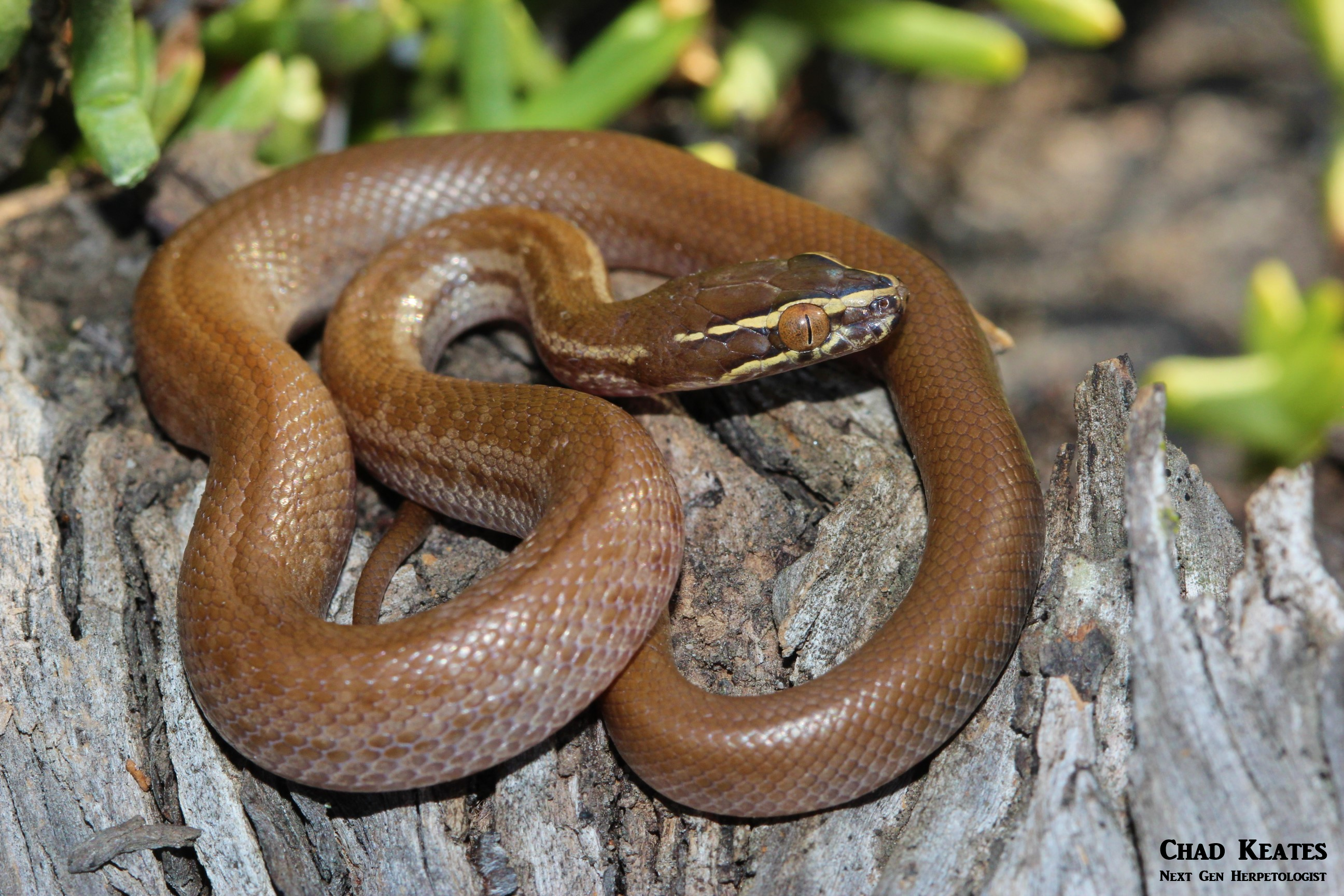

Size: 60-90cm.
Habits: A nocturnal species which is common around houses where it is often found beneath building rubble, rocks and corrugated metal.
Diet: Rodents, bats, birds, frogs, lizards and other small vertebrates.
Danger to man: None, does not possess venom.
Similar species: Larger individuals can resemble pythons but the gold bar either side of the eye is very distinctive, making identification relatively easy.
Yellow-Bellied House Snake (Lamprophis fuscus)
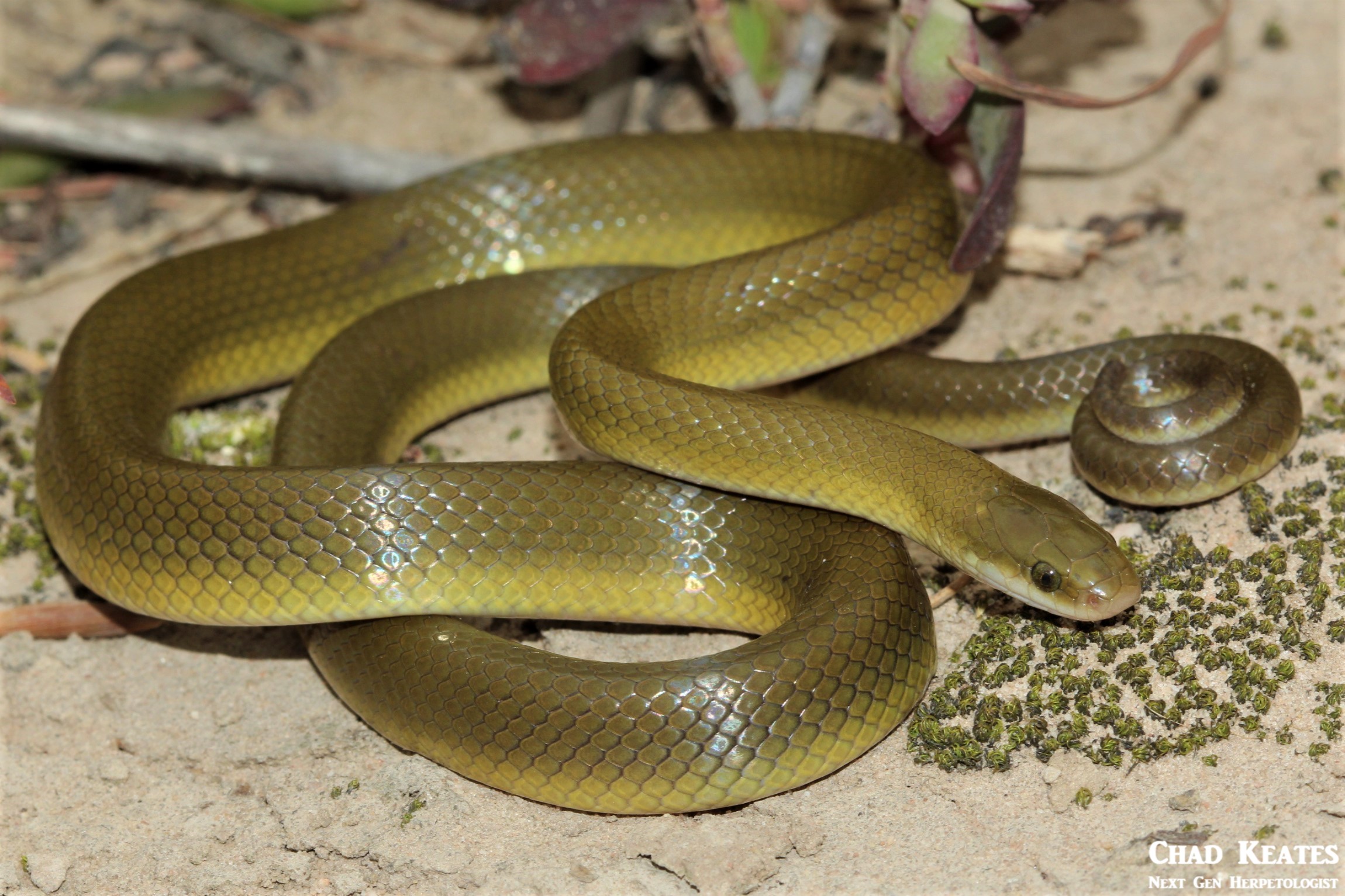

Size: 40-50cm.
Habits: A nocturnal and secretive species which can be found in abandoned termite mounds or under rocks.
Diet: Lizards, shrews and other small rodents.
Danger to man: None, it does not possess venom.
Similar species: Can easily be mistaken with olive ground snakes and brown water snakes, especially as juveniles.
Many-spotted Reed Snake (Amplorhinus multimaculatus)
Size: 45-60cm.
Habits: This small, secretive snake can be found in isolated populations in cool regions. The snake is most commonly associated with damp localities and can often be found in reed-beds and waterside vegetation. There is considerable colour variation in this species with colour ranging from olive/brown with spots and mottling to uniform green.
Diet: Frogs and toads.
Danger to man: Mildly venomous, but venom is of consequence to humans.
Similar species: This snake is easily confused with all members of the Philothamnus genus (green snakes).
Sundevall’s Shovel-snout (Prosymna sundevallii)


Size: 24-36cm.
Habits: This snake is a terrestrial and nocturnal species that can often be found in derelict termite mounds and under rocks.
Diet: Mainly reptile eggs but can eat small lizards and potentially invertebrates.
Danger to man: None, this species does not possess venom.
Similar species: Can be confused with other shovel-snouts, of which, there are no other species in the Eastern Cape.
Common Brown Water Snake (Lycodonmorphus rufulus)
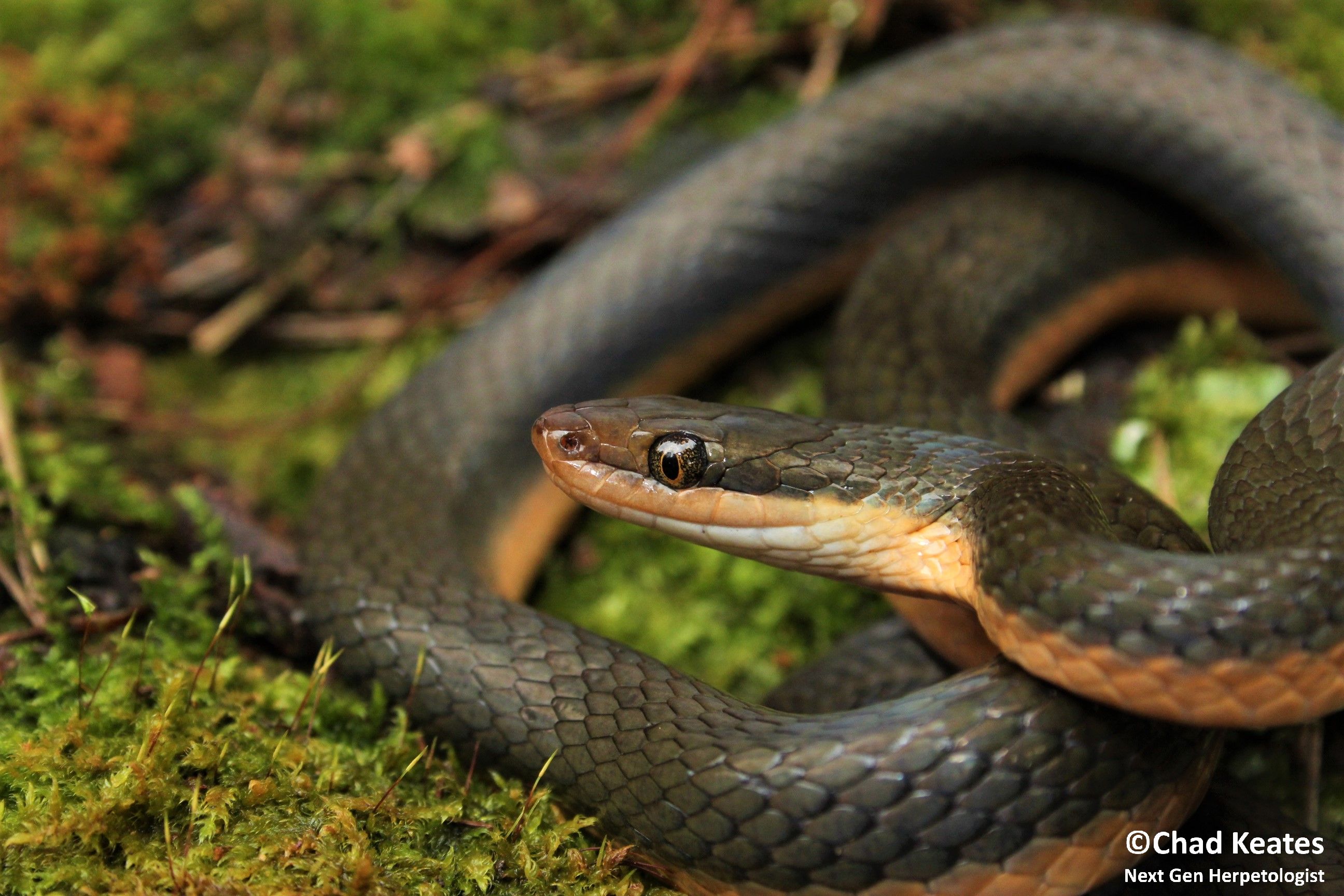
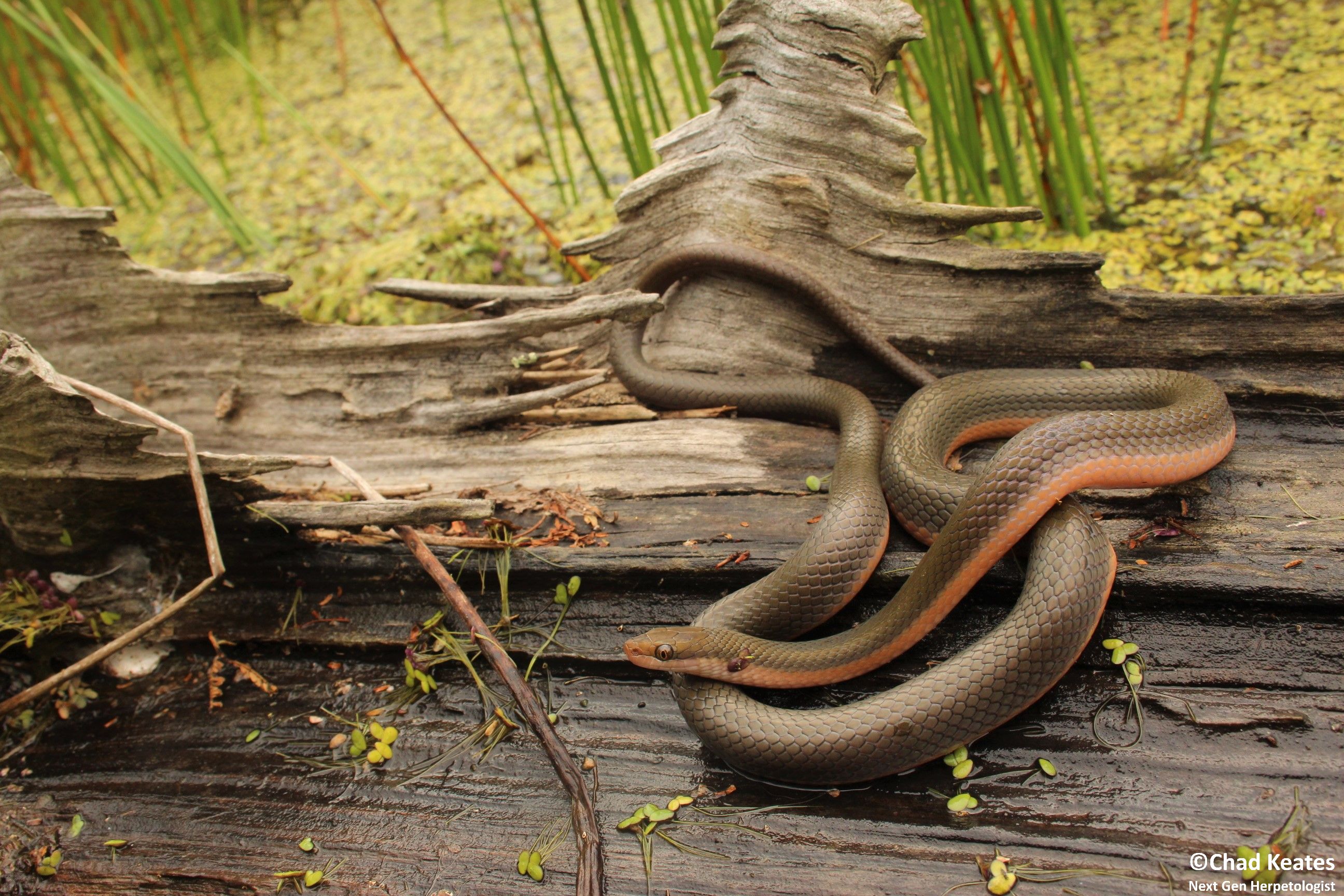
Size: 45-85cm.
Habits: The snake is a nocturnal hunter which is closely associated with water bodies such as dams, streams and rivers where it is often found beneath rocks and debris on the banks of the water sources.
Diet: Mainly frogs, tadpoles and small fish but can take small rodents.
Danger to man: None, this species does not possess venom.
Similar species: Can be confused with the olive ground snake and yellow-bellied house snake.
Dusky Bellied Water Snake (Lycodonomorphus laevissimus)
Size: 70-120cm.
Habits: A diurnal hunter which is closely associated with water sources such as dams, streams and rivers where it is often found beneath rocks either on the banks of water sources or in the water itself.
Diet: Frogs, tadpoles and fish.
Danger to man: None, this species does not possess venom.
Similar species: Can be confused with the brown water snake.
Olive ground Snake (Lycodonomorphus inornatus)


Size: 45-75cm.
Habits: Nocturnal species that can often be found under rocks and rubble and often in close proximity to human dwellings.
Diet: Rodents, lizards and other snakes.
Danger to man: None, the snake does not possess venom
Similar species: Can be confused with the common brown water snake, the dusky-bellied water snake and the yellow-bellied house snake.
Cape Wolf Snake (Lycophidion capensis)

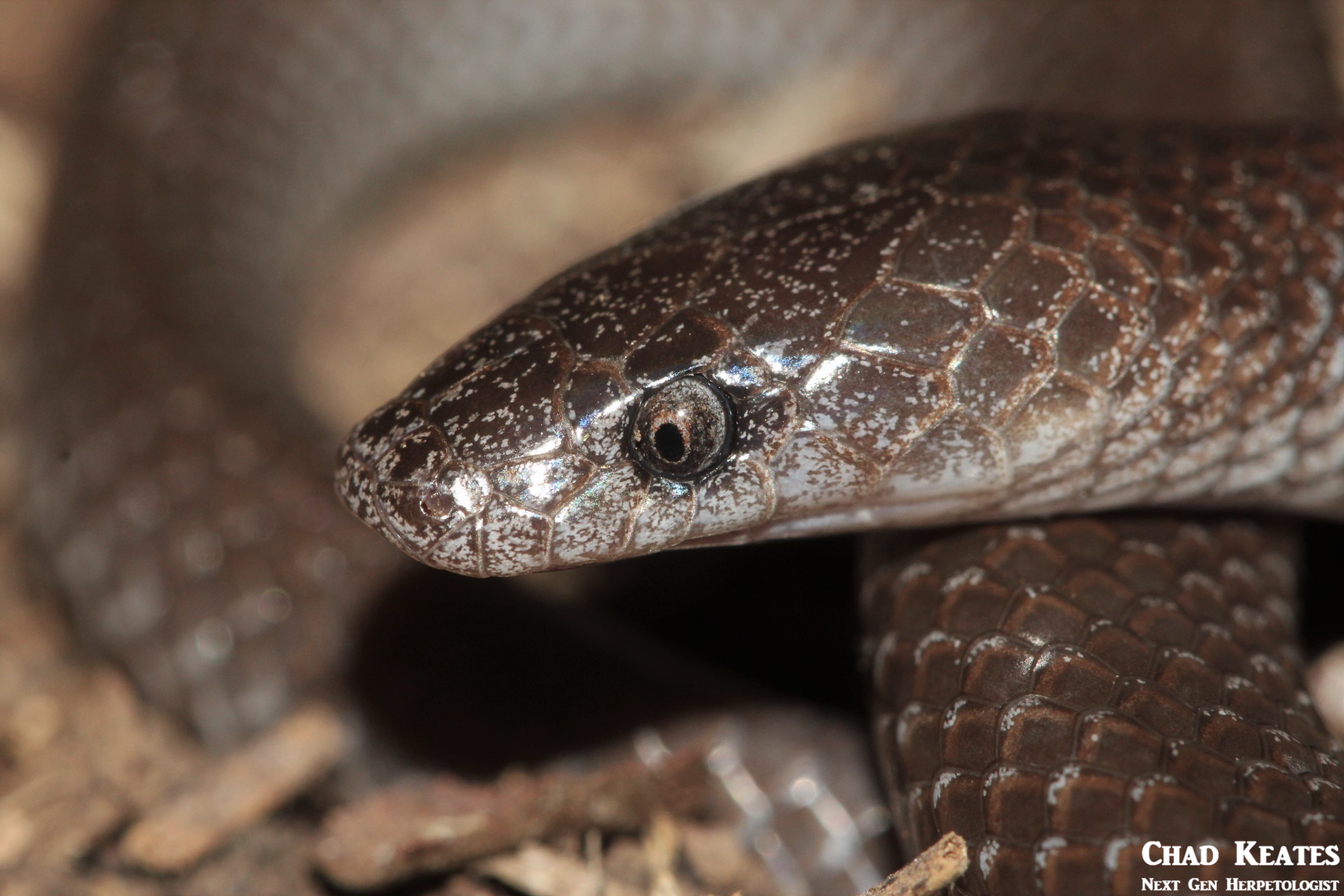
Size: 35-64cm.
Habits: Nocturnal species that can often be found under rocks and logs.
Diet: Lizards, mainly skinks
Danger to man: None, the snake does not possess venom.
Similar species: Can be easily confused with the stiletto snake but this species is not present in the Eastern Cape.
Black-Headed Centipede Eater (Aparallactus capensis)


Size: 25-30cm.
Habits: Nocturnal species which is most commonly found in abandoned termite mounds or beneath rocks or logs.
Diet: Centipedes.
Danger to man: Mildly venomous, but the venom is of no concern to humans.
Similar species: Very distinctive snake that is not easily confused with anything within the Grahamstown area.
Slug eater (Duberria lutrix)
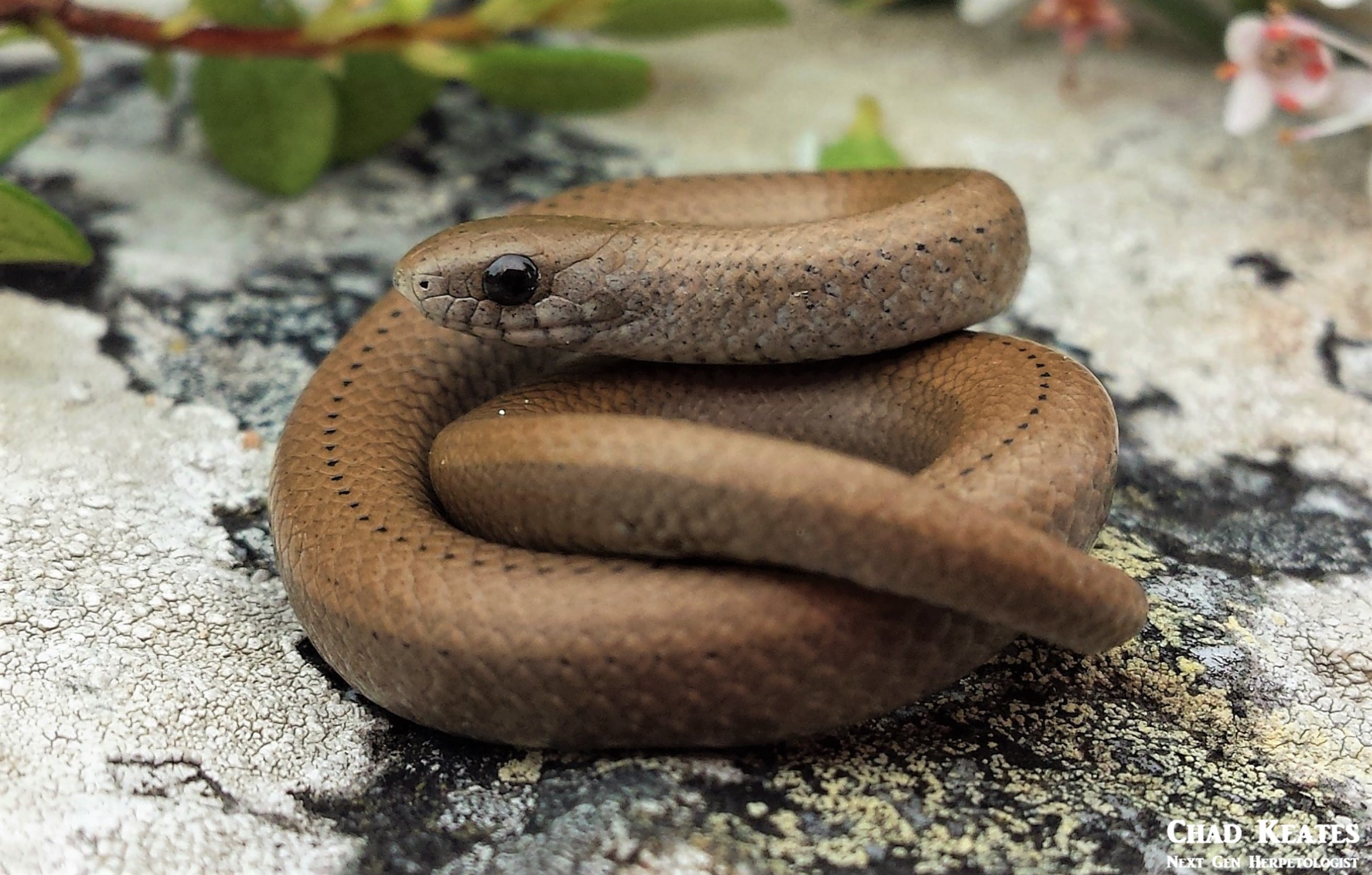

Size: 30-35cm.
Habits: A terrestrial, diurnal species which is often found beneath rocks, logs, or in tufts of grass and other vegetation.
Diet: Slugs and snails.
Danger to man: None, does not possess venom.
Similar species: May be confused with mole snakes, but mole snakes are much larger snakes.
Spotted Skaapsteker (Psammophylax rhombeatus rhombeatus)


Size: 45-85cm.
Habits: A fast-moving, diurnal species which can be found in a large range of habitats, mainly under rocks and fallen debris.
Diet: Mainly rodents, but also eats lizards, birds, frogs and other snakes.
Danger to man: Mildly venomous species which may cause localized swelling, but the venom is not capable of killing or even hospitalizing humans.
Similar species: Easily confused with the other species of grass and whip snake found in the Eastern Cape.
Cross-Marked Whip Snake (Psammophis crucifer)
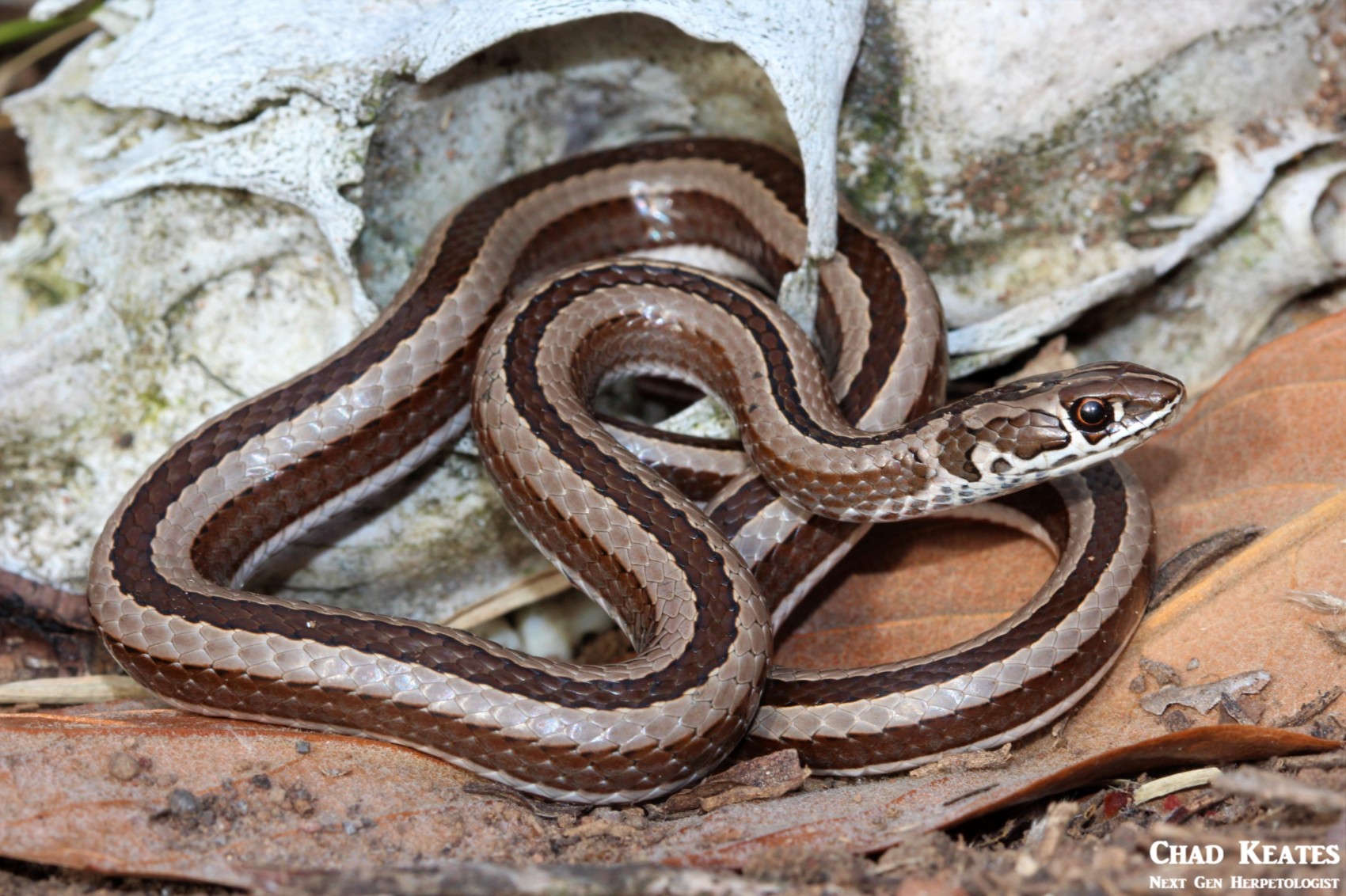

 Size: 40-60cm.
Size: 40-60cm.
Habits: A slender, fast-moving snake that can often be found basking atop grass tufts during the day. When not actively moving, this snake can be found beneath rocks, logs, tufts of grass and inside derelict termite mounds.
Diet: Lizards, geckos and frogs.
Danger to man: Mildly venomous, but the venom is of no concern to humans.
Similar species: Easily confused with the other species of grass and whip snake found in the Eastern Cape.
Karoo Whip Snake (Psammophis notostictus)
Size: 90cm.
Habits: A slender, fast-moving snake that can seen chasing after lizards during the day. When not actively moving, this snake can be found beneath rocks and inside derelict termite mounds.
Diet: Mainly lizards, but has been known to take small rodents.
Danger to man: Mildly venomous, but the venom is of no concern to humans.
Similar species: Easily confused with the other species of grass and whip snake found in the Eastern Cape.
Short-snouted Grass Snake (Psammophis brevirostris)
Size: 60cm.
Habits: A slender, fast-moving snake that can often be found basking atop grass tufts during the day. When not actively moving, this snake can be found beneath rocks, logs and tufts of grass.
Diet: Rodents, snakes and other small vertebrates.
Danger to man: Mildly venomous, but the venom is of no concern to humans.
Similar species: Easily confused with the other species of grass and whip snake found in the Eastern Cape.
Leptotyphlopidae
Worm Snake (Leptotyphlops spp.)
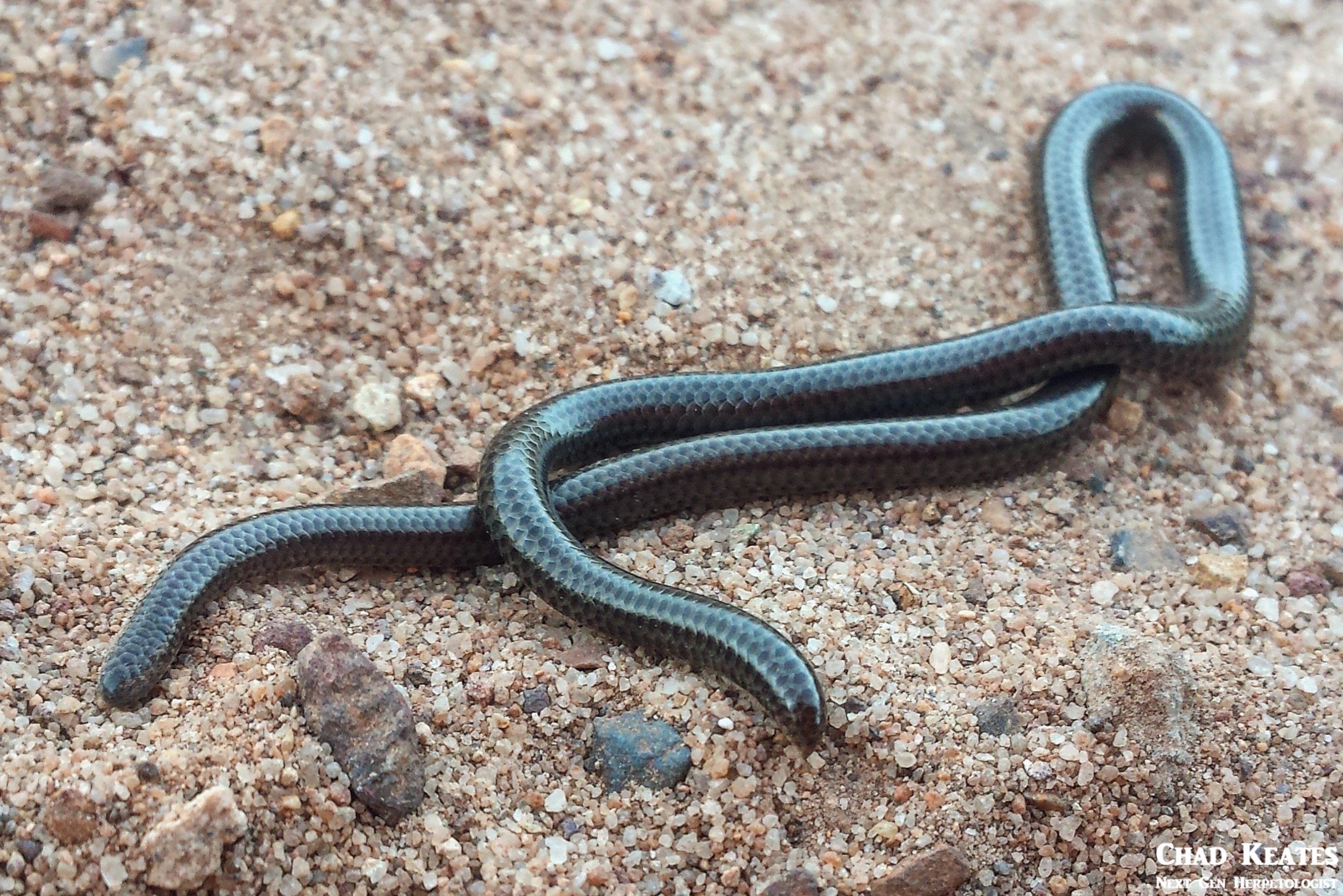
Size: 15-17cm.
Habits: Fossorial snakes which are seldom seen above ground because they spend much of their time below ground or beneath rocks or logs.
Diet: Invertebrates.
Danger to man: None, they do not possess venom.
Similar species: Worm snakes are virtually indistinguishable from one another, unless you have a microscope.
Typhlopidae
Bibron’s Blind Snake (Afrotyphlops bibronii)
Size: 30-38cm.
Habits: Seldom encountered fossorial species that spends much of its time underground. It can however be found above ground after heavy rains.
Diet: Ants and termite larva.
Danger to man: None, they do not possess venom.
Similar species: Easily confused with the other blind snakes, especially the delalande’s beaked blind snake, which can also be found in the Eastern Cape.
Delalande’s Beaked Blind Snake (Rhinotyphlops lalandei)

Size: 25-30cm.
Habits: A fossorial species that can be found in the soil under rocks and logs and in derelict termite mounds.
Diet: Invertebrates and termites.
Danger to man: None, they do not possess venom.
Similar species: Easily confused with the other blind snakes, especially the bibron’s blind snake, which can also be found in the Eastern Cape.
Elapidae
Cape Cobra (Naja nivea)

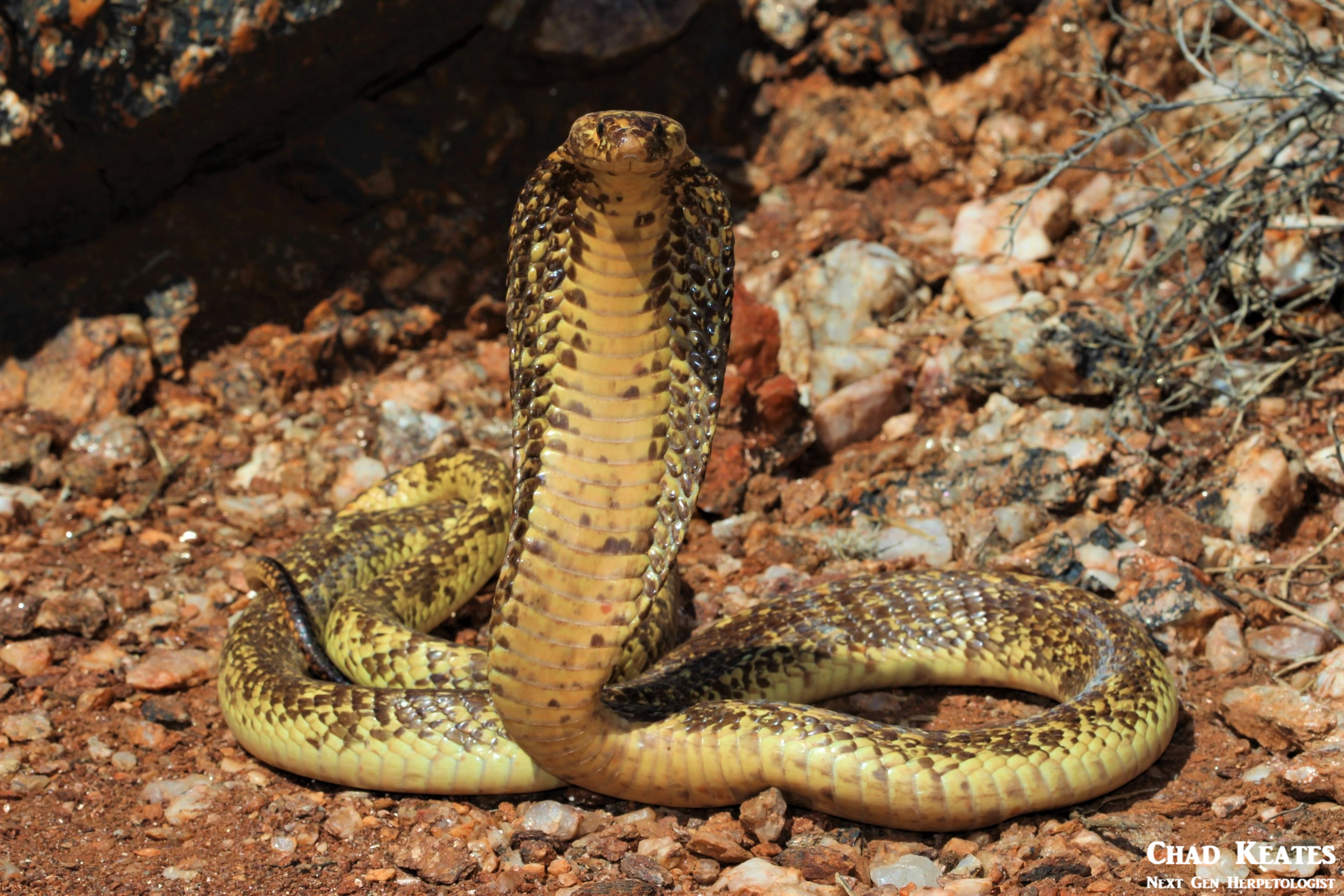
Size: 1.2-2.4m
Habits: A diurnal cobra which can often be found out-and-about in search of food or in abandoned mammal burrows. Although more accustomed to the ground, the Cape cobra is also an accomplished climber capable of scaling and perching in large trees and bushes.
Diet: Rodents, toads, birds, other snakes and lizards. Also known to raid weaver nests.
Danger to man: Very dangerous snake that possess a lethal neurotoxic venom capable of killing humans in a very short period of time. The venom is considered the most potent of the African cobras and anyone bitten by this snake should make their way to the hospital immediately. It is both the most dangerous snake in the Eastern Cape and on the southern coast.
Similar species: This snake is sometimes confused with other cobras and mole snakes. The cape cobra is however the only true cobra found in the Eastern Cape.
Rinkhals (Hemachatus haemachatus)

Size: 90-110cm
Habits: A diurnal snake which is most common in grasslands where it can be found in close proximity to sources of water, compost heaps and rockeries. It is also quite common on golf courses.
Diet: They particularly like toads but will also eat rodents, lizards, snakes and birds and their eggs.
Danger to man: Rinkhals venom is a mix of both cytotoxic and neurotoxic elements, and if left untreated, the venom is capable of killing people. Although listed as an elapid, the rinkhals is not a true cobra because it gives birth to live young and thus the venom is not as potent as its cobra cousins. Although deaths from rinkhals are very rare, medical attention should still be sought immediately in the case of a bite. Unlike any other snake in the Eastern Cape, this species is also capable of spitting venom and should one have venom spat into their eyes, they should rinse their eyes out thoroughly with water and seek out a doctor as soon as possible to prevent permanent damage to the eyes. The same course of action should also be taken for pets, especially dogs who often get venom spat into their eyes when they attempt to confront the snake.
Similar species: This snake is sometimes confused with the Mozambique spitting cobra and black-spitting cobra, but none of these species are found in the Eastern Cape.
Coral Shield Cobra (Aspidelaps lubricus lubricus)
Size: 30-60cm.
Habits: This snake spends most of its time underground and only emerges in the evening to hunt. In addition to being vividly coloured, this snake can spread a small hood and will do so readily if cornered.
Diet: Lizards (Predominately legless skinks) and other small vertebrates.
Danger to man: Bites from this snake can be very painful but not life threatening. The venom predominately neurotoxic and may result in troubled breathing. There is anti venom available for a bite from this snake.
Similar species: Can be easily confused with the tiger snake but there are no tiger snake species recorded in the Eastern Cape.
Viperidae
Puff Adder (Bitis arietans)



Size: 90-100cm.
Habits: This snake spends much of its time under bushy cover where it uses its’ camouflage to blend into its surroundings. During mating season these snakes however become very active and thus become more common to walkers and hikers who often see them cruising through the veld in search of mates
Diet: Rats, mice and other small to medium-sized vertebrates.
Danger to man: Very dangerous cytotoxic venom that can kill if left untreated. The venom of this snake is however slow acting leaving victims of this bite much time to get to hospital. Although this snake has a bad reputation because of the sheer amount of bites recorded throughout South Africa as a result of people accidentally stepping on them whilst they are in ambush mode, very few bites actually prove to be fatal.
Similar species: Easily confused with other species of adder, especially the juveniles.
Berg Adder (Bitis Atropos)


Size: 30-40cm.
Habits: Occur at high altitudes, where they can usually be found basking on trails, hiding under tufts of grass or inside rocky outcrops. Berg adders are also known to be quite aggressive and will lash out if tampered with.
Diet: Lizards, rodents and other small vertebrates.
Danger to man: These snakes are considered dangerous because although they have not been recorded to cause human fatalities, the bite can be very painful and cause serious symptoms. Unlike other adders, a bite from this snakes can result in both neurotoxic (drooping eyelids, squinting, blurred vision, facial paralysis, dizziness, and temporary loss of senses) and cytotoxic (pain and localised swelling) symptoms. Polyvalent antivenom is not effective, bites must be treated symptomatically.
Similar Species: Can be confused with the puff adder and other small adders.
Albany Adder (Bitis albanica)


Size: 25cm.
Habits: With exception to being found in the succulent thicket near Port Elizabeth, nothing much is known about this species because of its small size, secretive nature and rarity. It is arguably one of the rarest snakes in South Africa.
Diet: Lizards and small rodents (Presumably).
Danger to man: No human bites have been recorded, but a bite from this animal is expected to be painful, but not life-threatening. Symptoms may include local swelling, pain and potentially necrosis.
Similar Species: Berg adder, juvenile puff adders and other species of adder.
Plain Mountain Adder (Bitis inornata)


Habits: With exception to being found in the montane grassland of the Compassberg and Sneeuberg, nothing much is known about this species because of its small size, secretive nature and rarity. It is believed to hide among small stones and grass tussocks in an attempt to ambush small lizards. It is arguably one of the rarest snakes in South Africa.
Diet: Skinks and sand lizards.
Danger to man: No human bites have been recorded, but a bite from this animal is expected to be painful, but not life-threatening. Symptoms may include local swelling, pain and potentially necrosis.
Similar Species: Berg adder, juvenile puff adders and other species of adder.
Horned Adder (Bitis caudalis)


Habits: The most widespread species of dwarf adder in the country, this species can be found in the western sections of the Eastern Cape. At home in the arid Karoo, this snake can often be found beneath grass tussocks, or partially covered in sand, awaiting unsuspecting prey. Although infrequently sighted in the day, this ambush hunter, can often be seen moving around on warm nights.
Diet: Skinks, sand lizards and small rodents.
Danger to man: Cytotoxic venom that can cause severe swelling and, in rare instances, necrosis. Antivenom is however not required for a bite from this snake, but bites should be avoided, as they can cause high levels of pain.
Similar Species: Quite distinct given the horns atop their eyes, but hornless individuals may be confused with plain mountain adders.
Rhombic Night Adder (Causus rhombeatus)


Size: 30-60cm.
Habits: Common in damp areas where they can be found under rocks, logs and in abandoned termite mounds.
Diet: Toads and other frogs.
Danger to man: Mild cytotoxic venom that is dangerous but not life-threatening, hospitalization may be required though. Symptoms may include local swelling and pain, venom is [potentially lethal to small dogs. Polyvalent antivenom is not effective against the bite of this snake.
Similar Species: This snake is very easily confused with the rhombic egg eater. It is also sometimes confused with the other species of adder.
Sources:
Alexander, G. & Marais, J. 2007. A Guide to the Reptiles of Southern Africa. Cape Town. STRUIK Nature.
Branch, B. 1988. Snakes and other Reptiles of Southern Africa. Cape Town. STRUIK.
Branch, B. 2016. Snakes and other Reptiles of Southern Africa. Cape Town. STRUIK Nature.
Marais, J. 2004. A Complete Guide to the Snakes of Southern Africa. Cape Town. STRUIK.
Marais, J. 2014. Snakes and Snakebite in Southern Africa. Cape Town. STRUIK Nature.
 Next Gen Herpetologist
Next Gen Herpetologist 
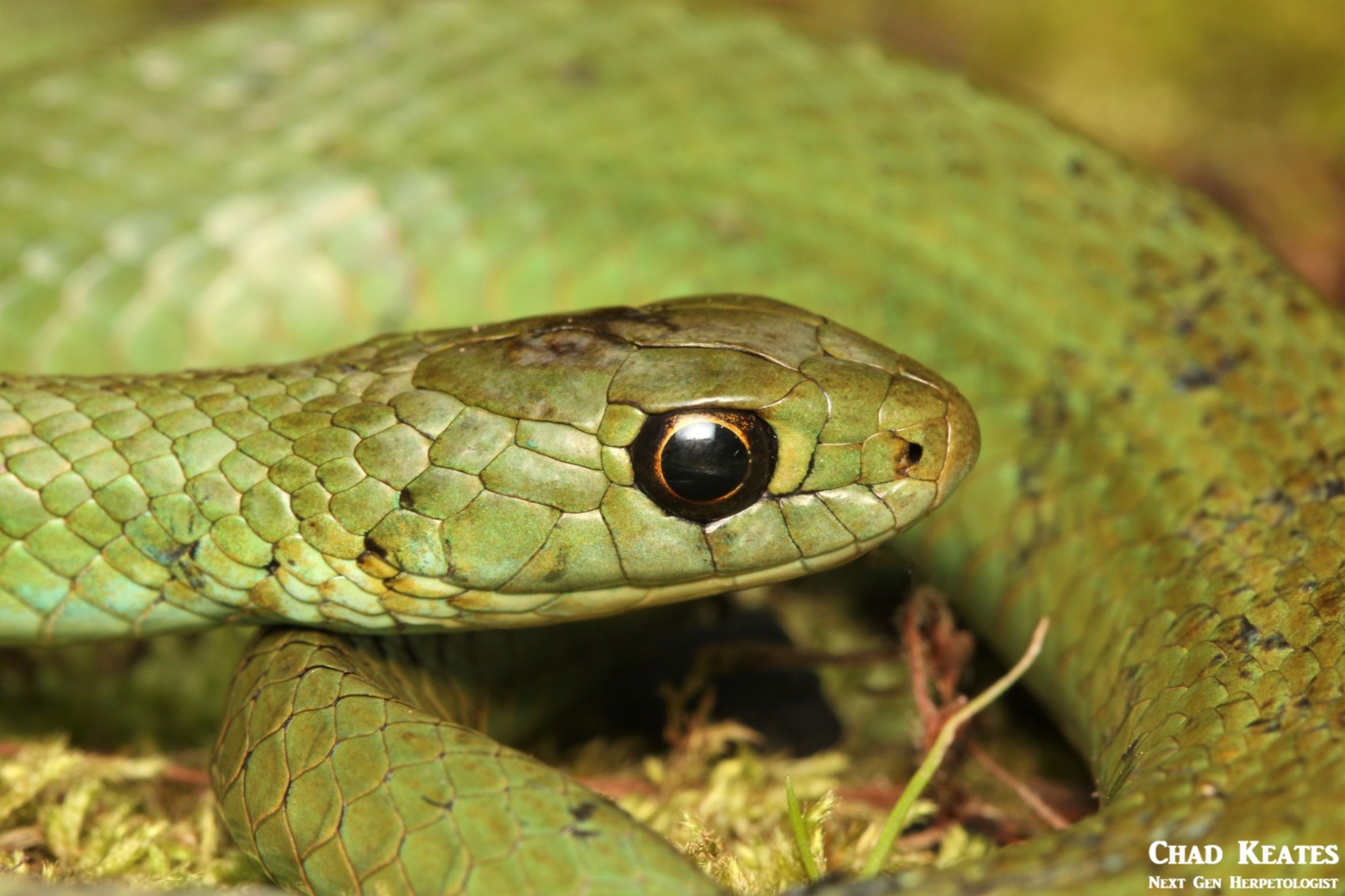
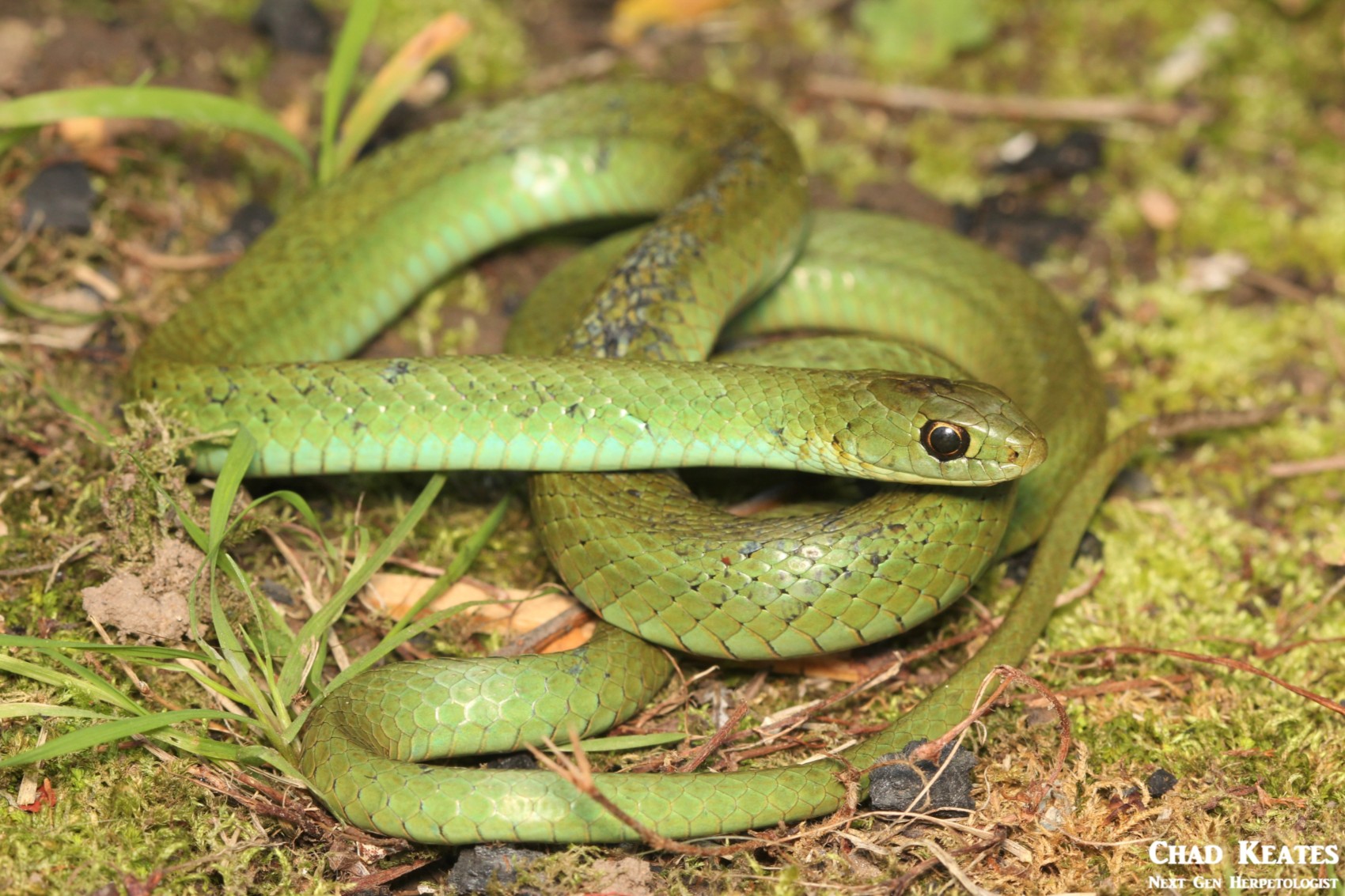
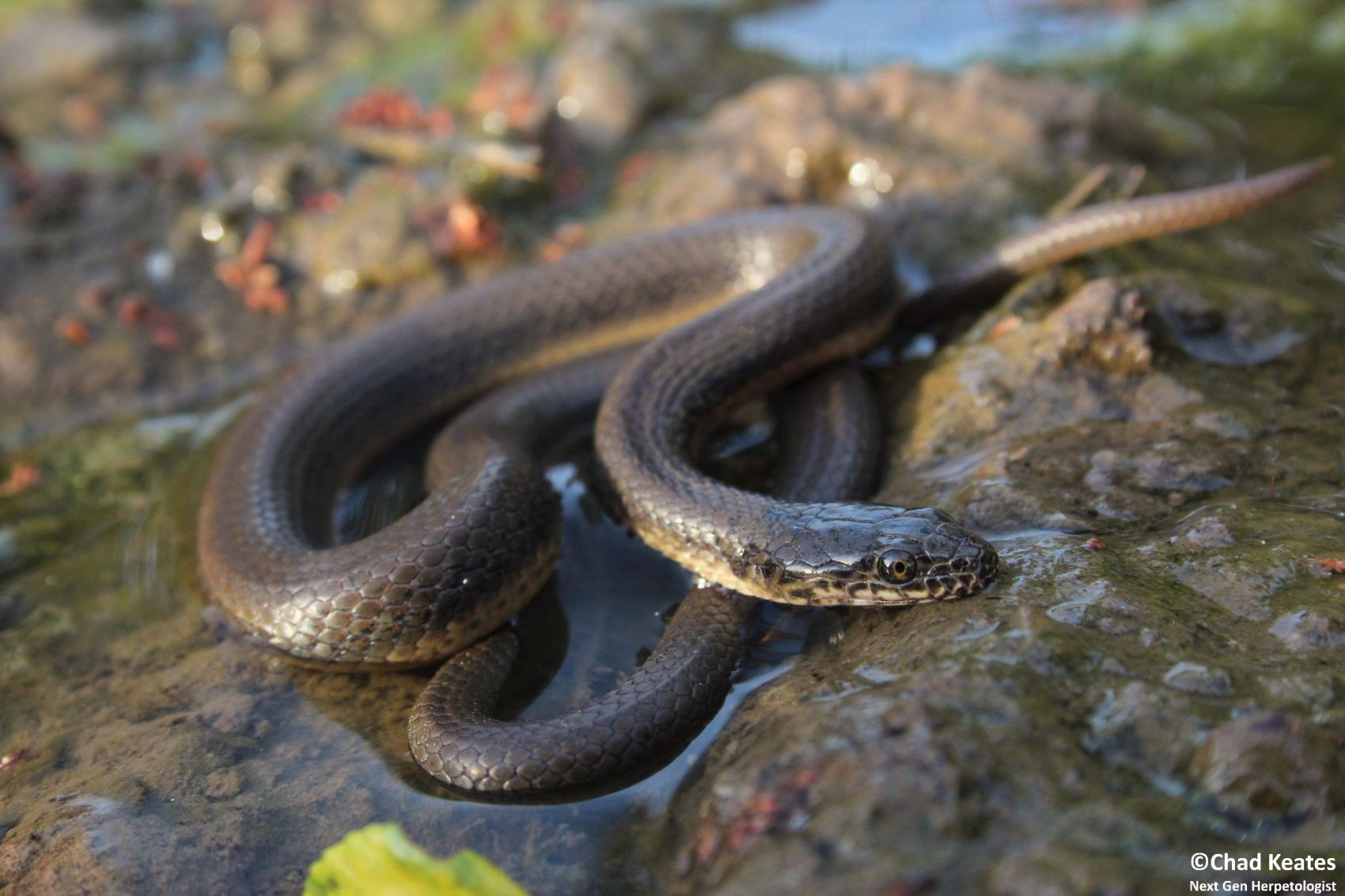
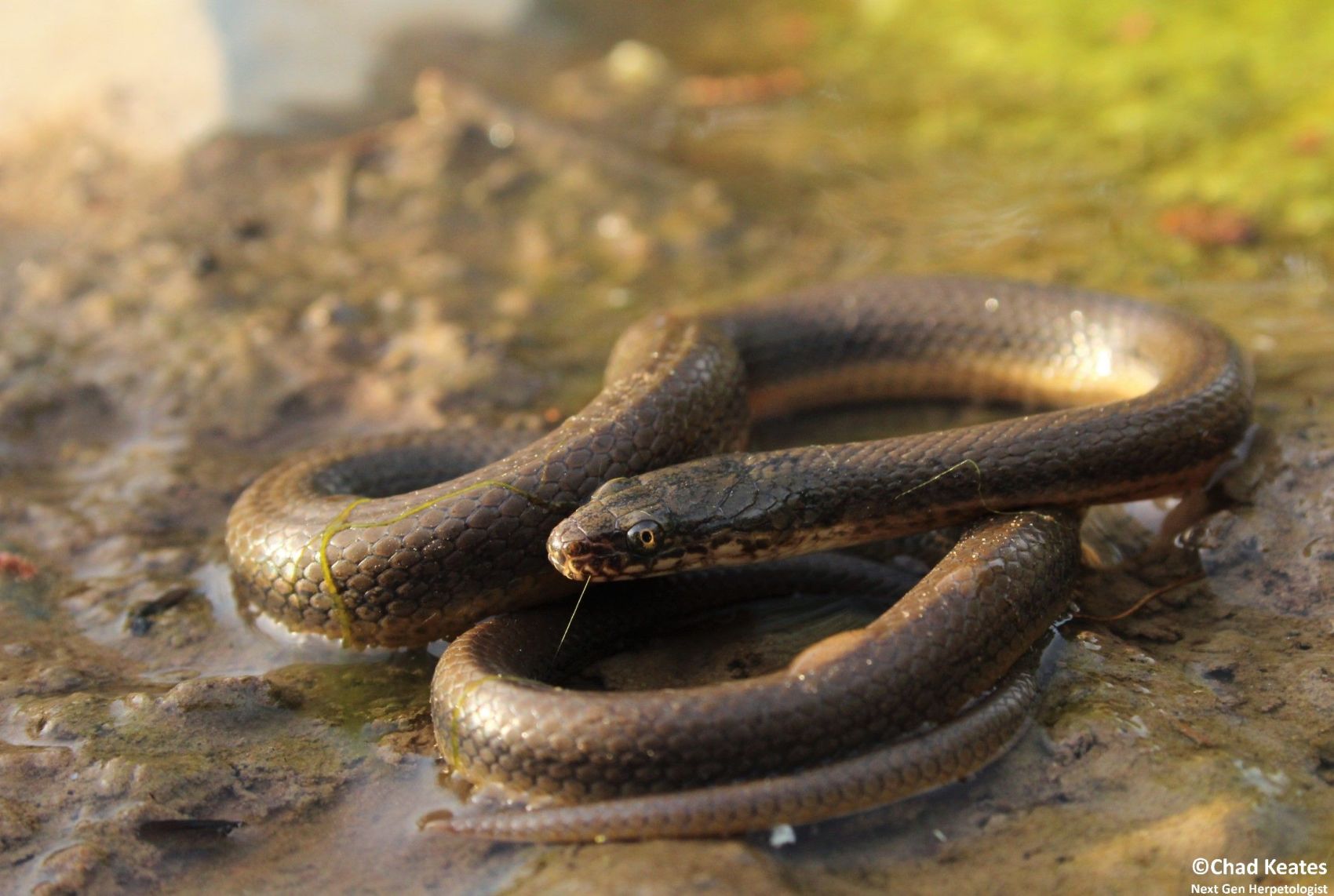
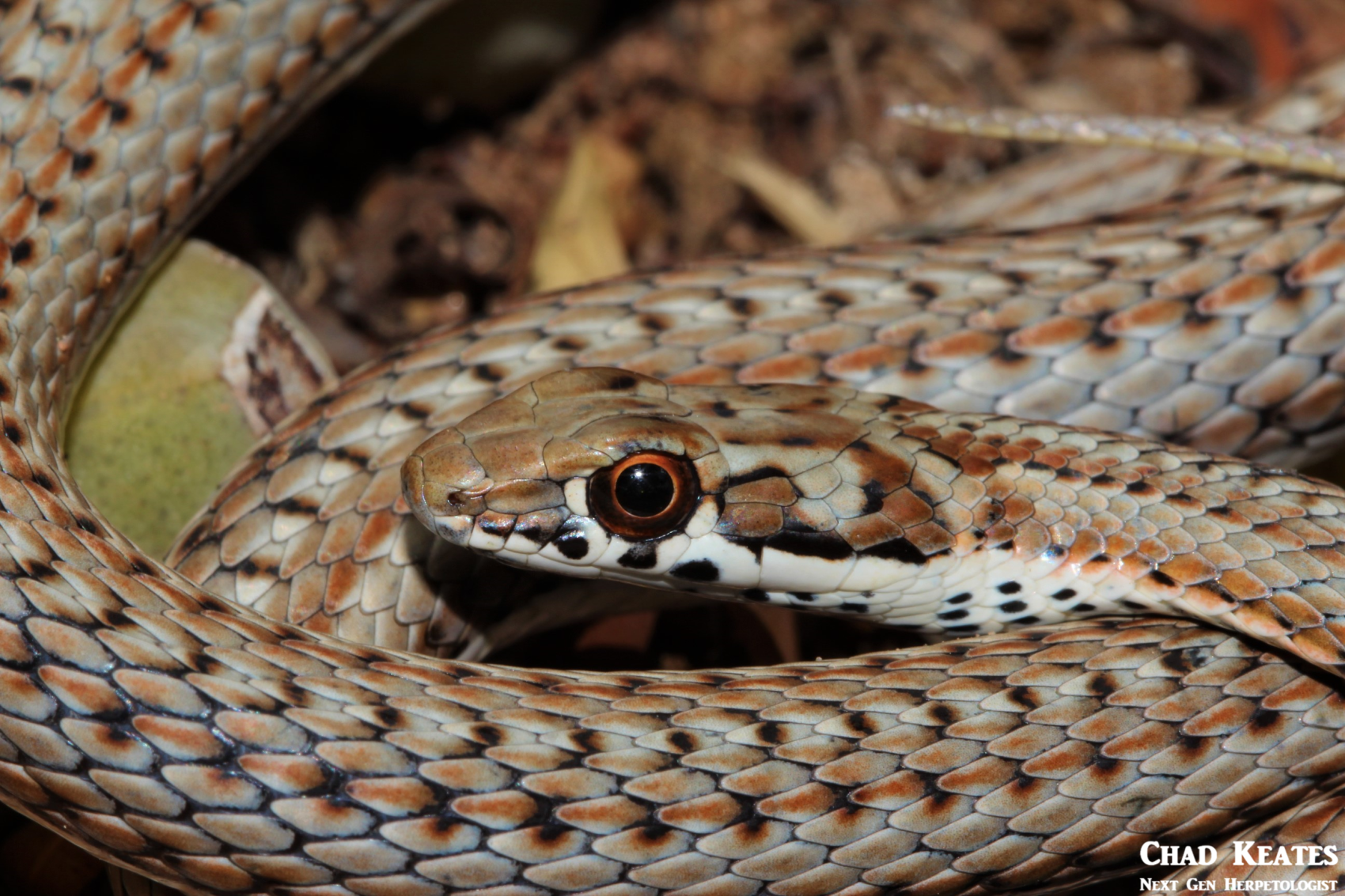
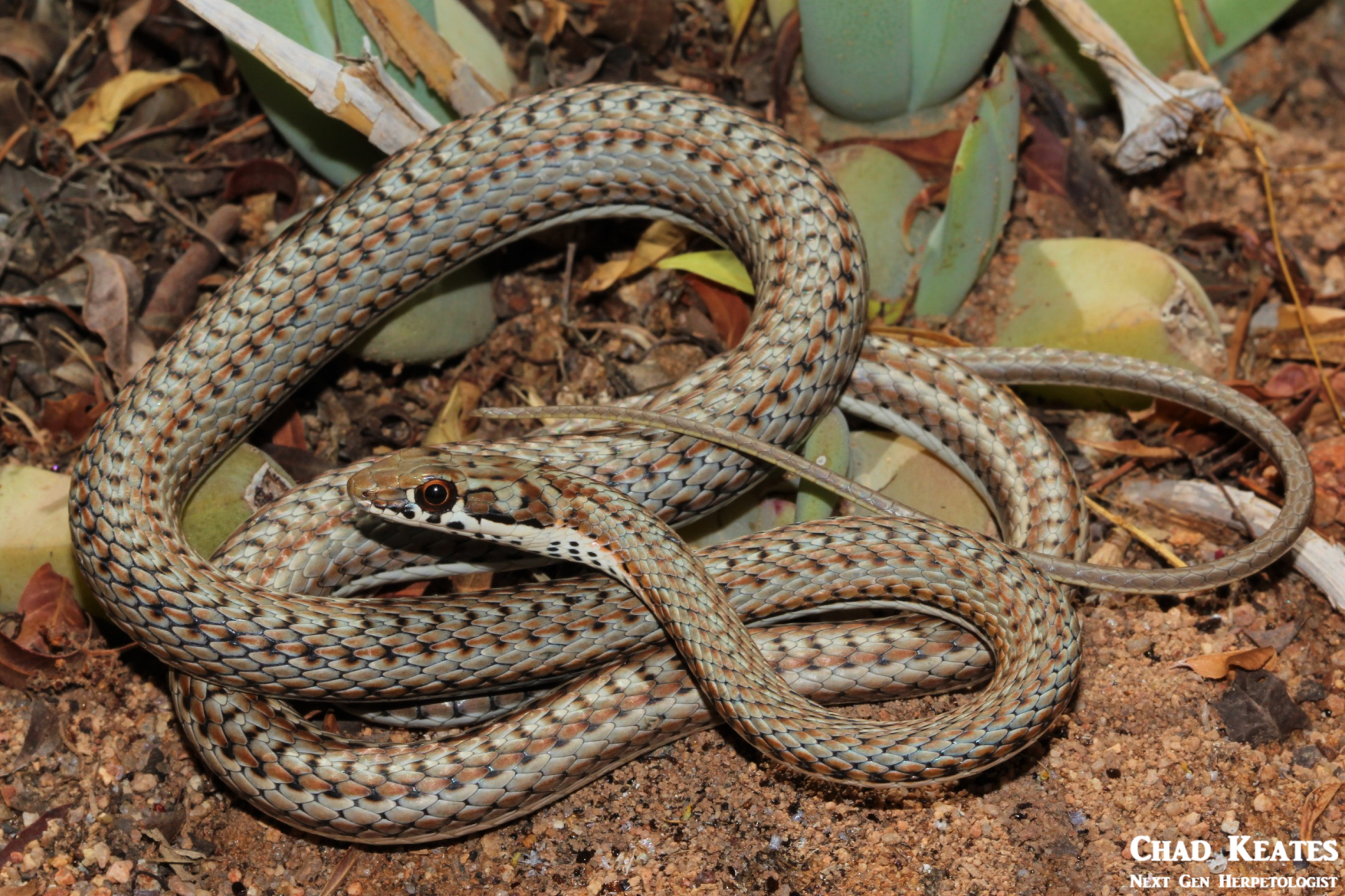

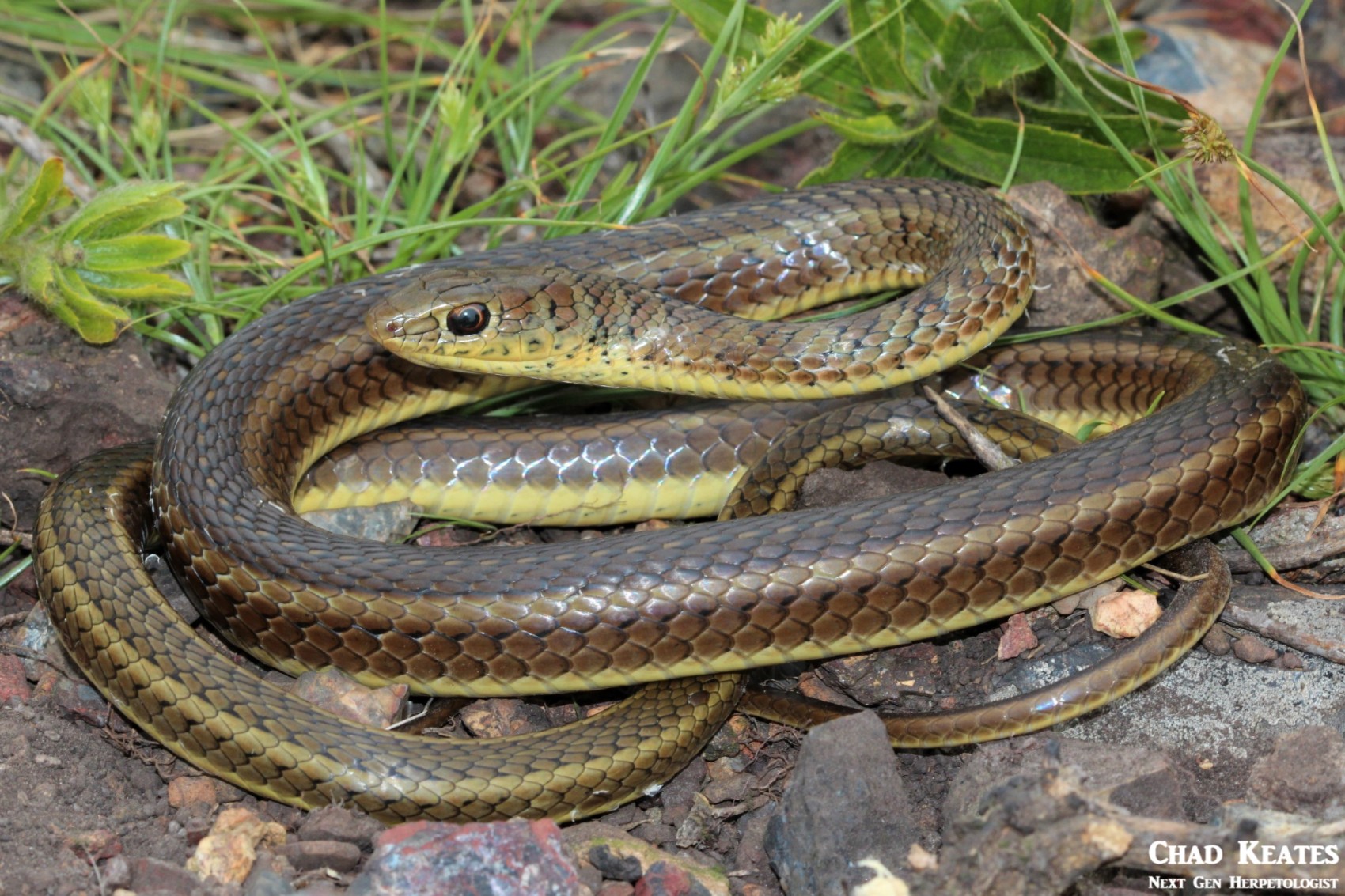

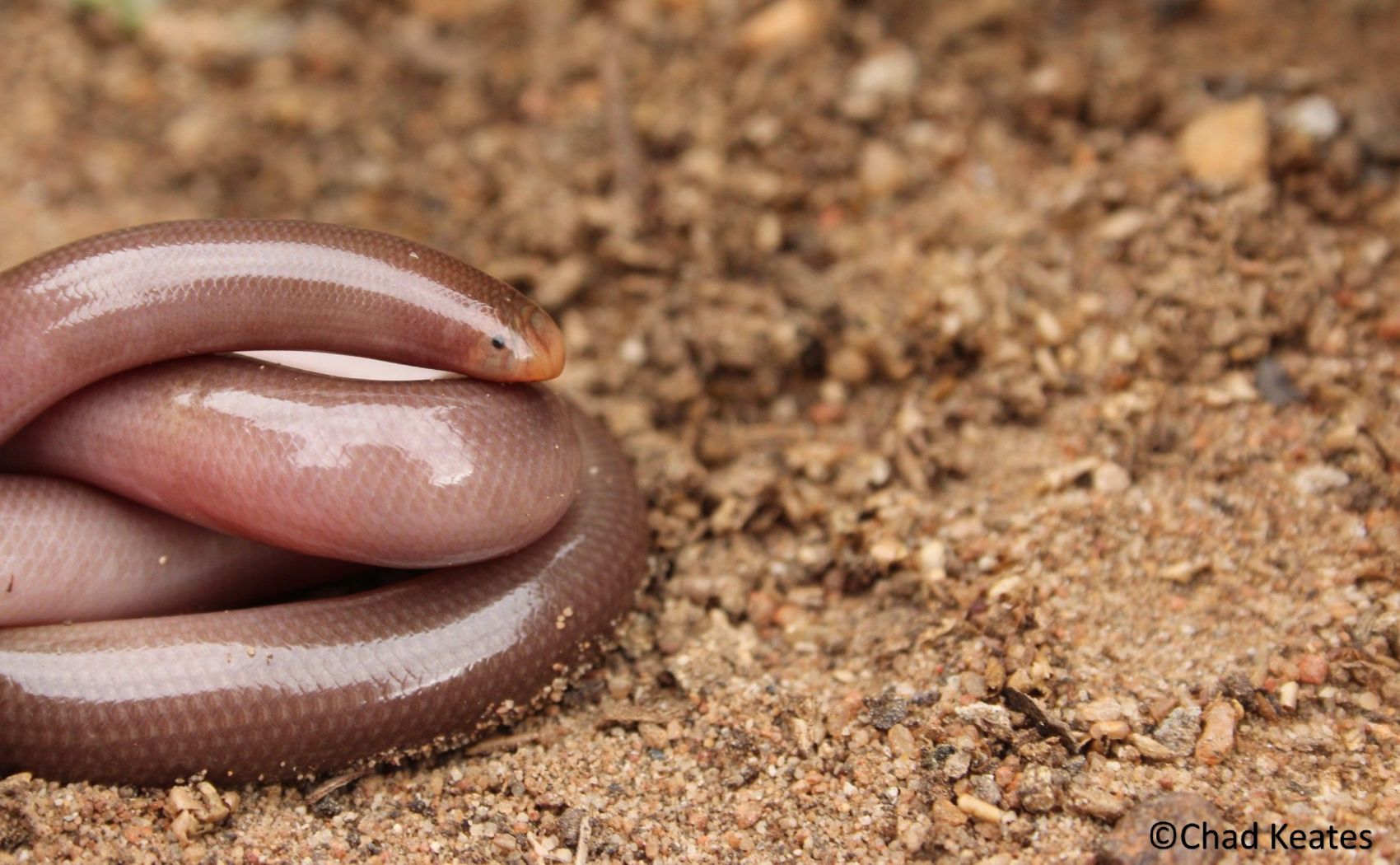
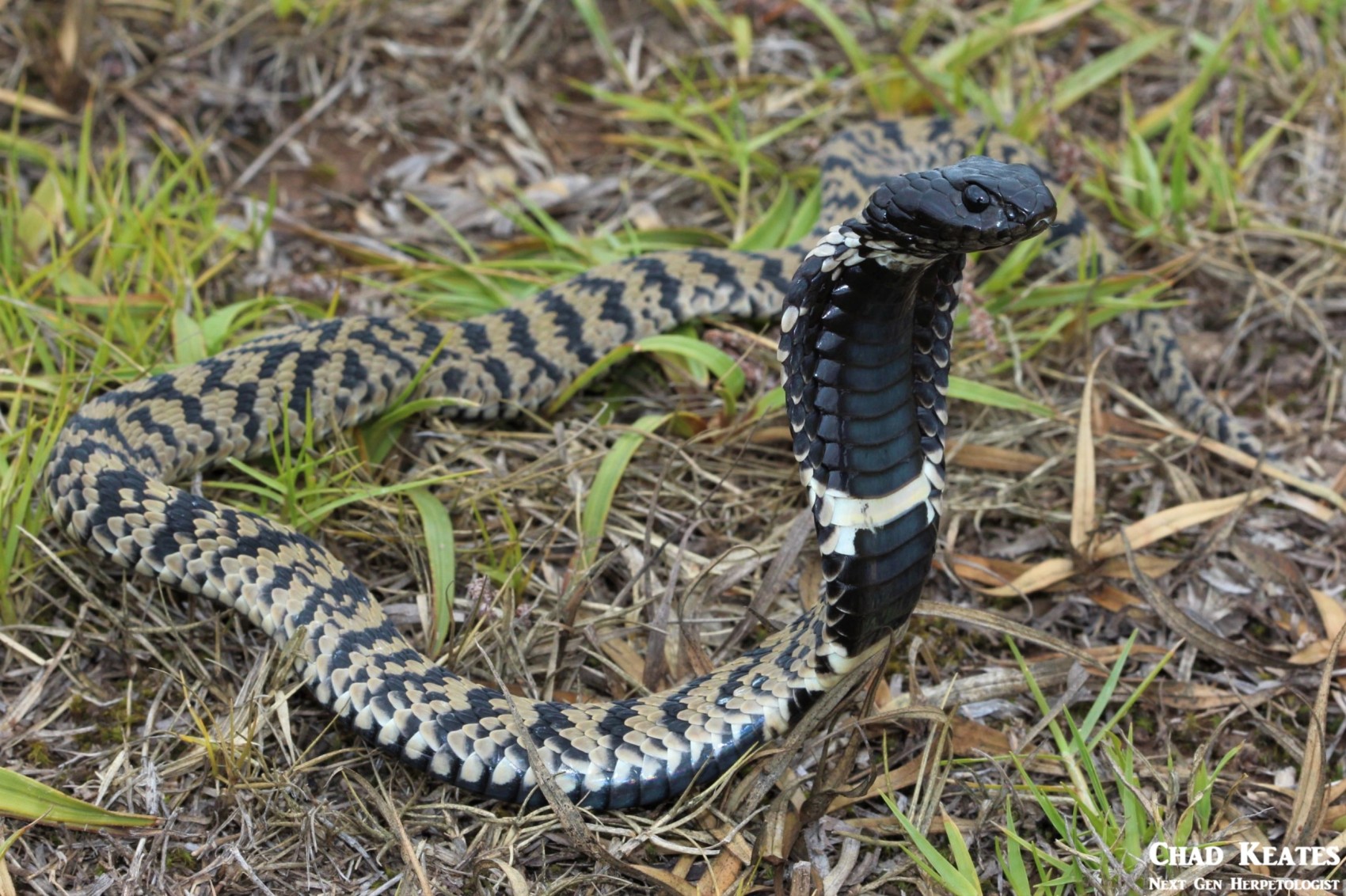
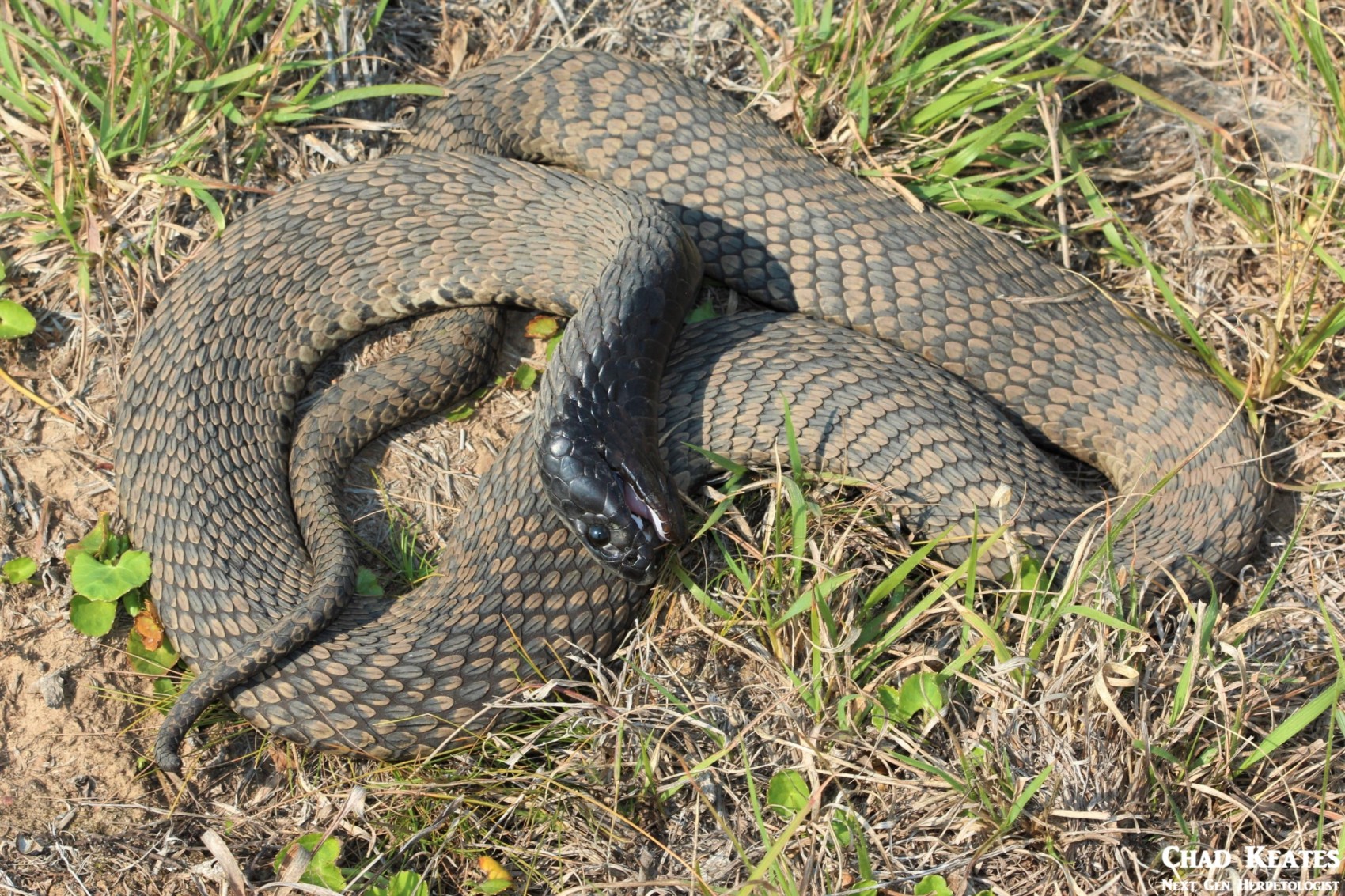
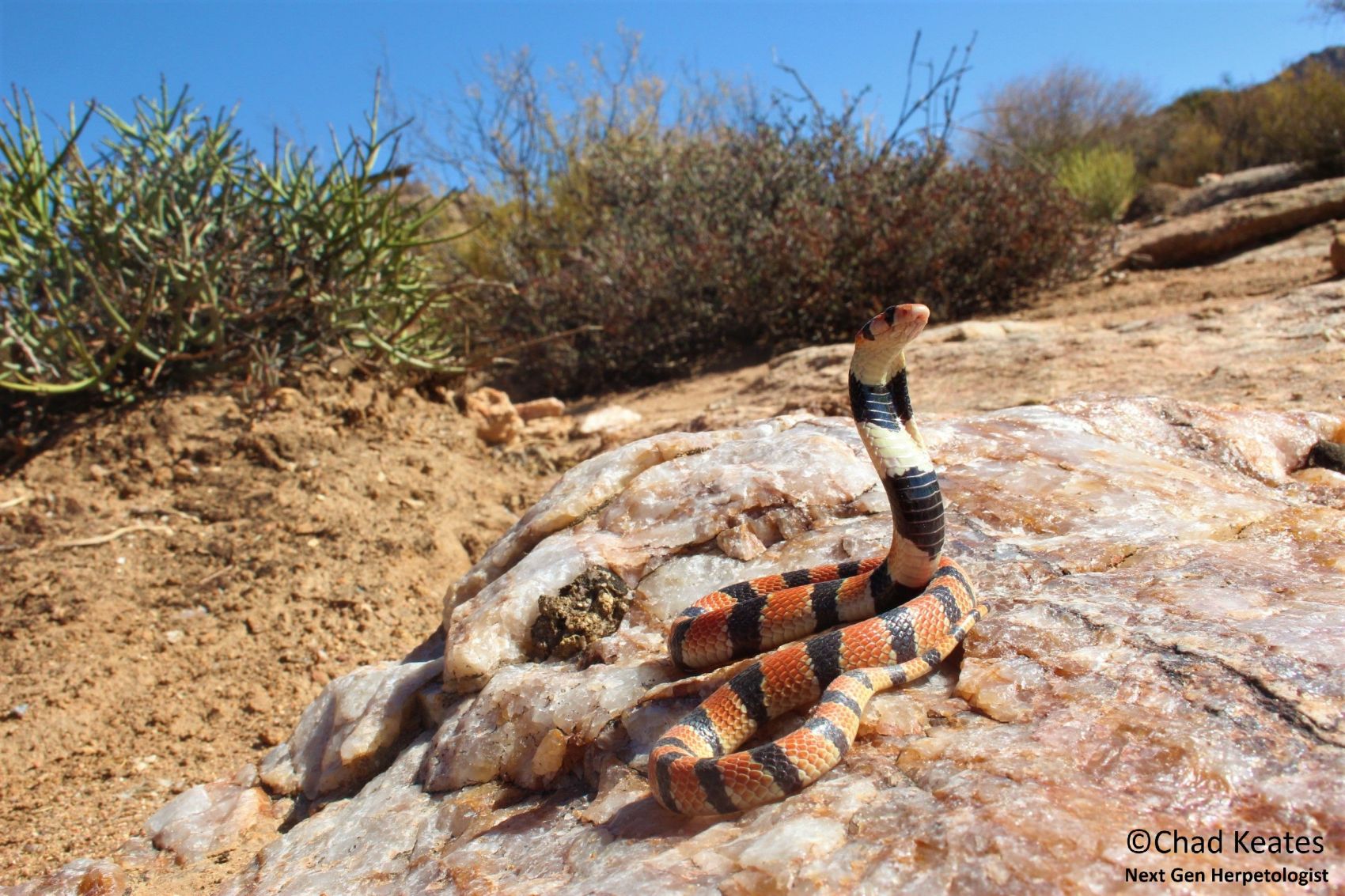
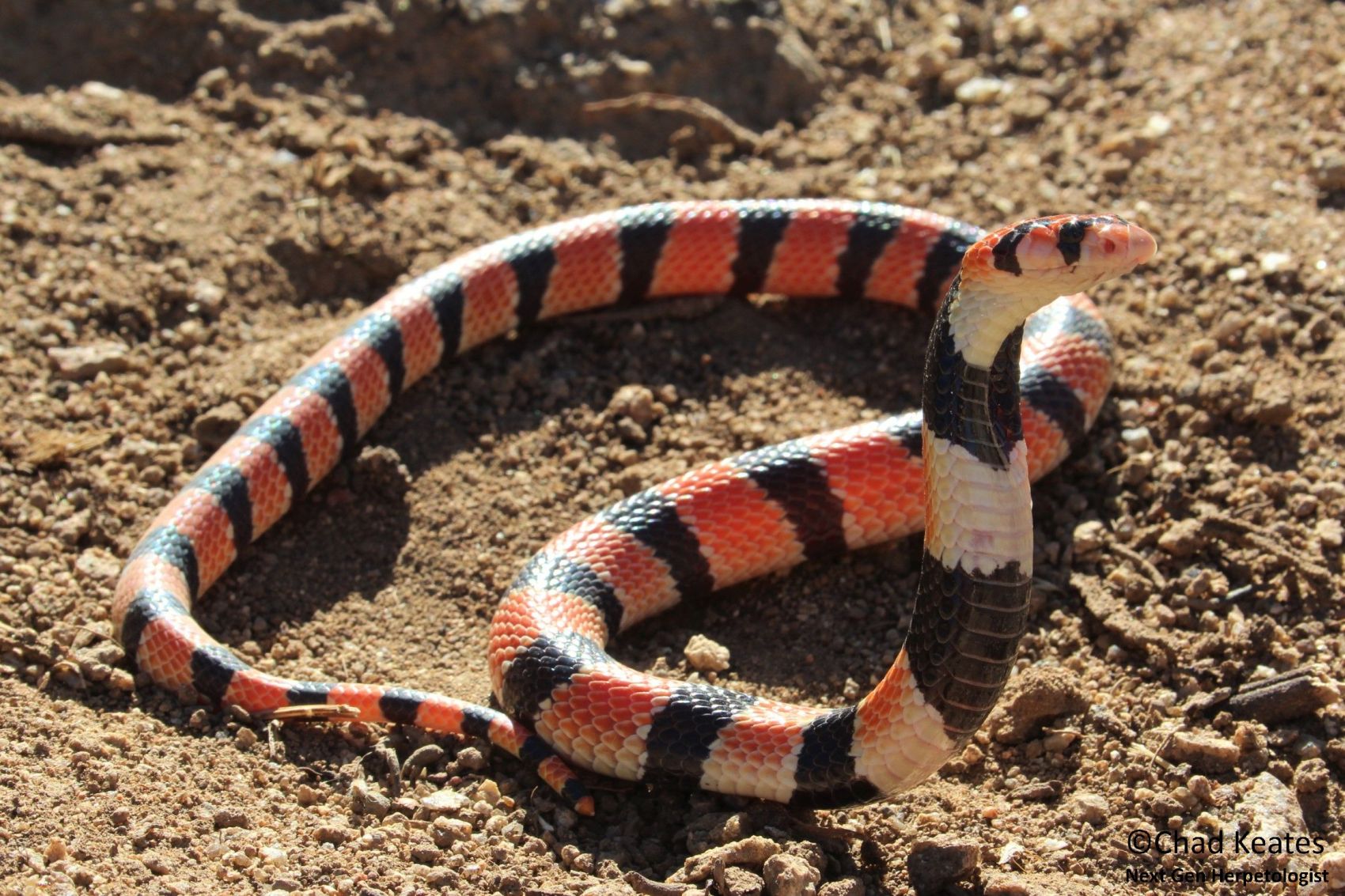
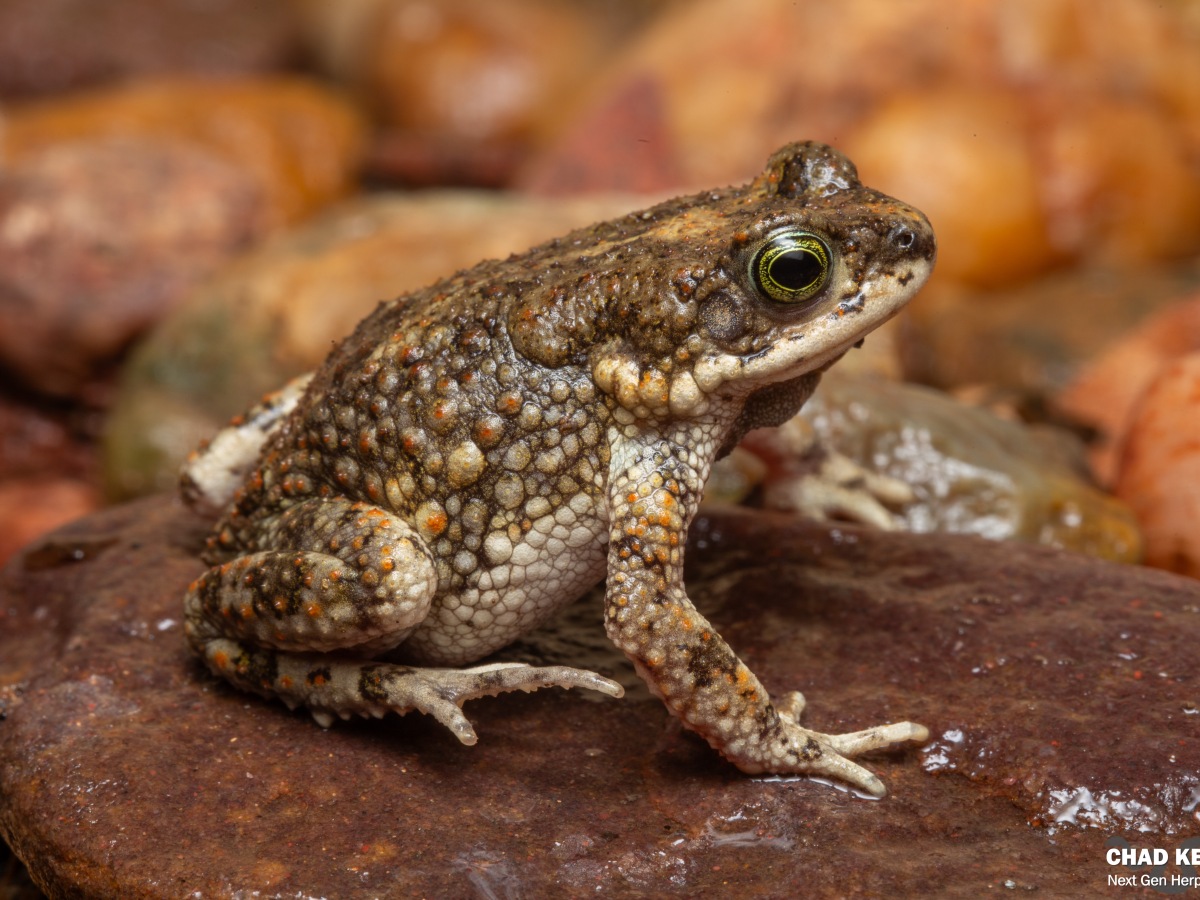
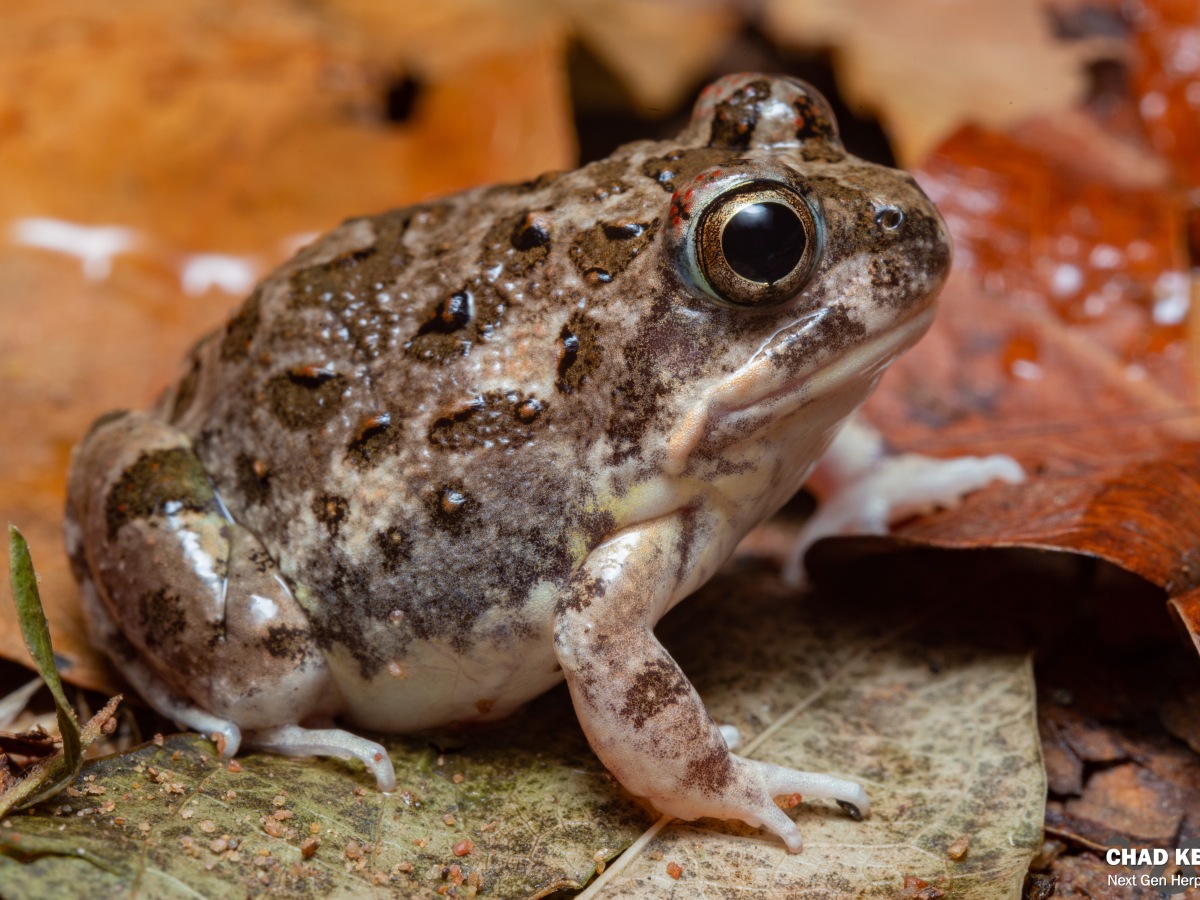

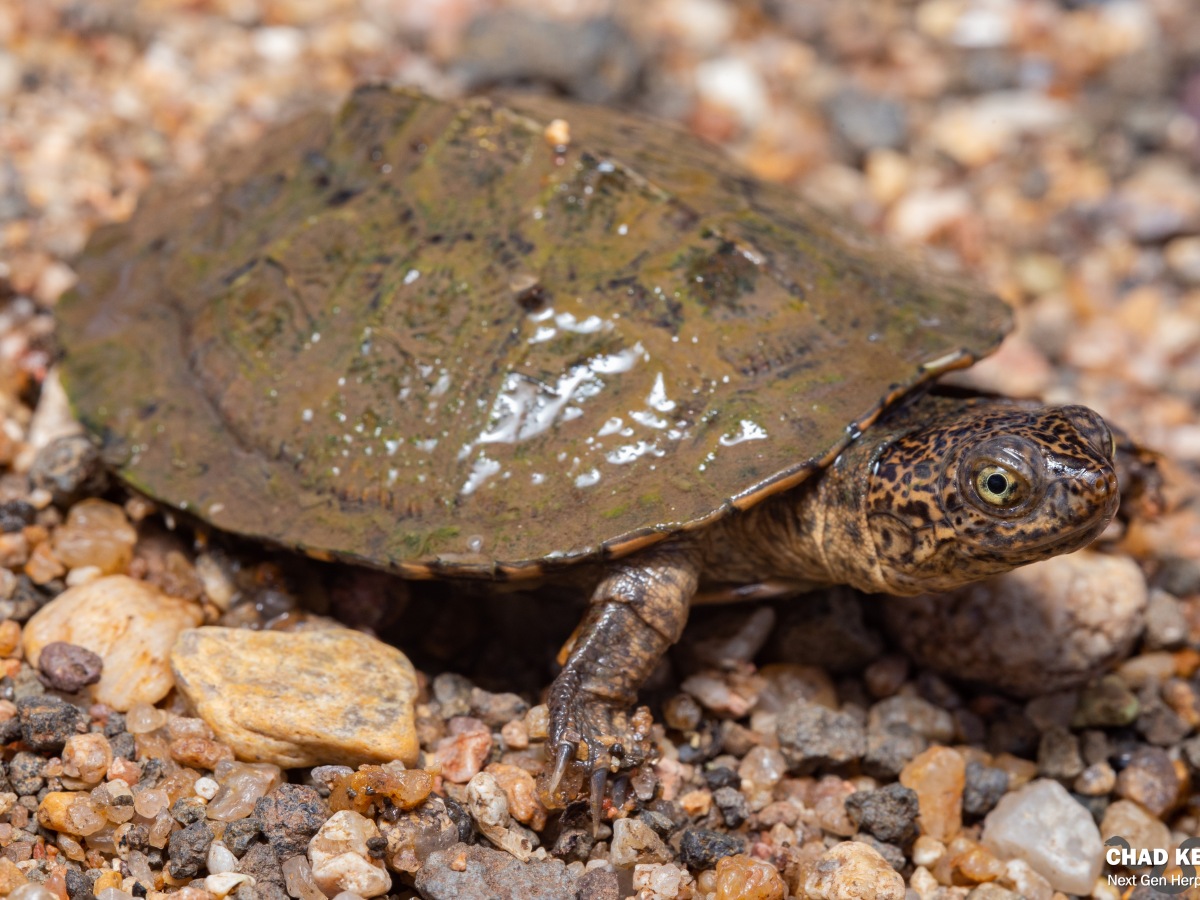


What a wonderful resource you have put together!
LikeLiked by 1 person
Thanks Chad and some good pictures. Most helpful for the community to ID.
LikeLiked by 1 person
Thank you:)
LikeLike
wonderful info. thanks
LikeLiked by 1 person
Excellent article – thank you. Great photographs!
LikeLike
I have just been introduced to so many snakes I didn’t know existed!! They’re so beautiful.
LikeLiked by 1 person
I m working on a site close to Cofimvaba, and I have been finding a number of big snake some close to a meter. I wish to be guided as to how to deal with this cause so far the workers on site just kill them and at time measure or forget to measure and record some features of the snake. I can post some pics of their latest kill. My worry is that I need to know the type of danger the snake pose on them. So I need to know the types of snakes, I have checked your records but could not pon point the exact one, may be once you see the pic you can assist
LikeLike
sure ting send me the pictures, and i can help you identify them
LikeLike